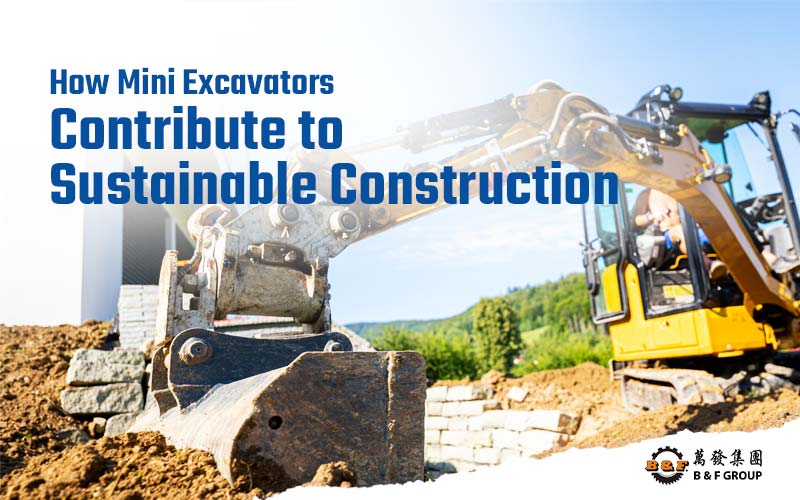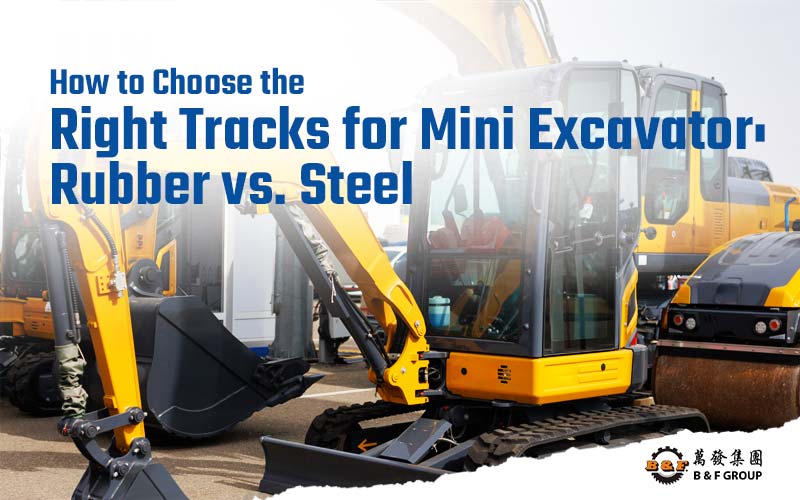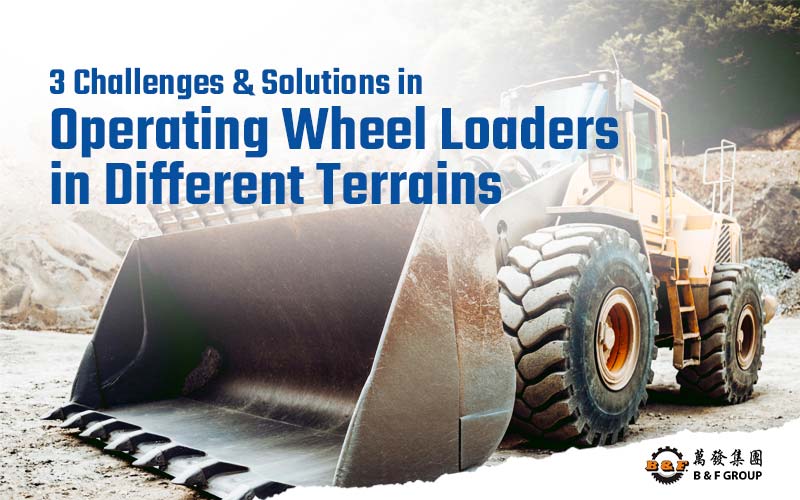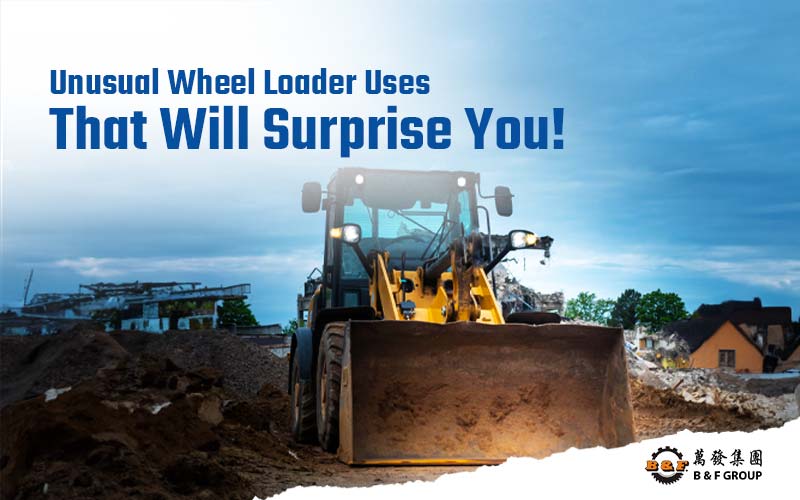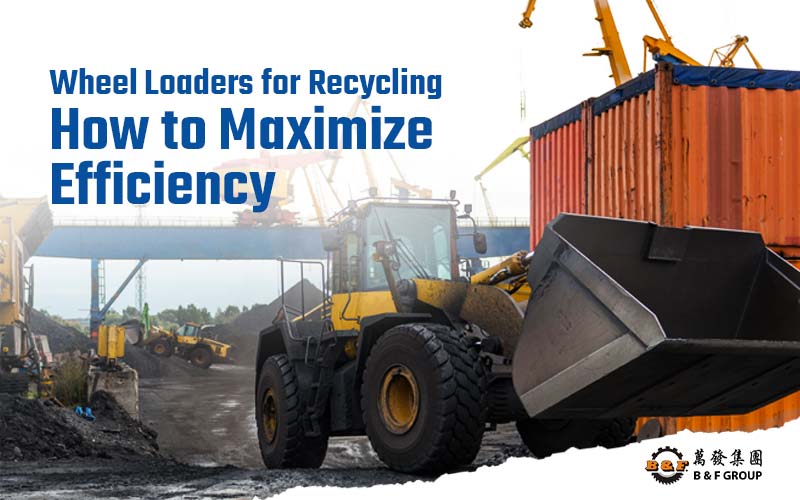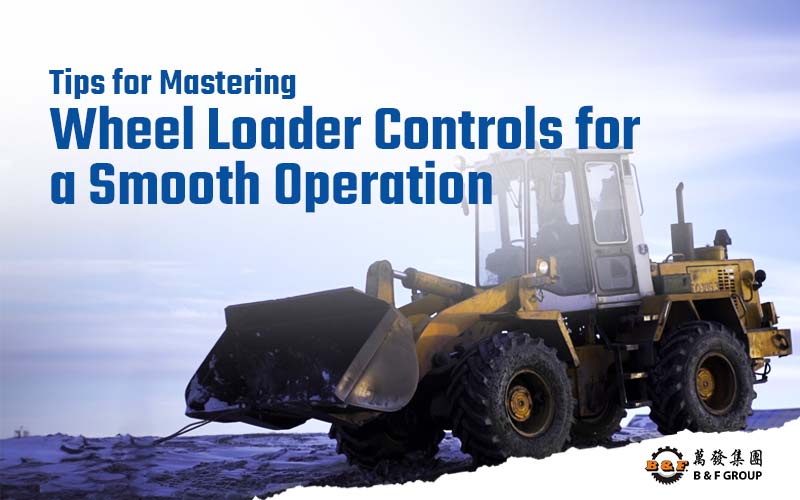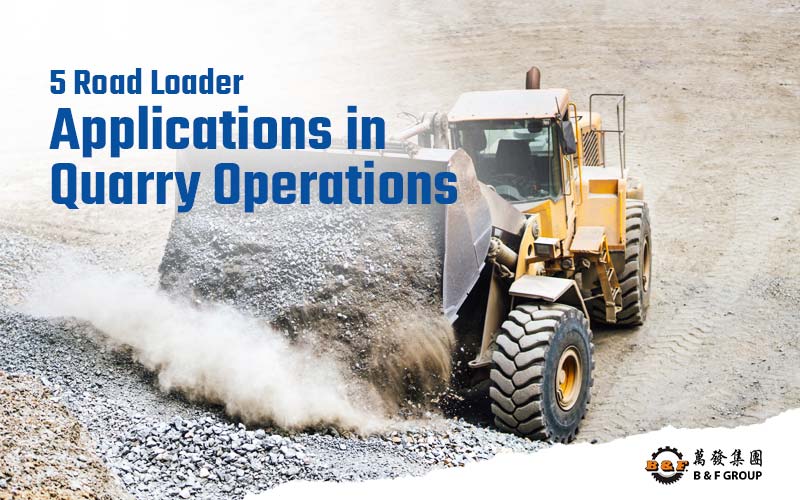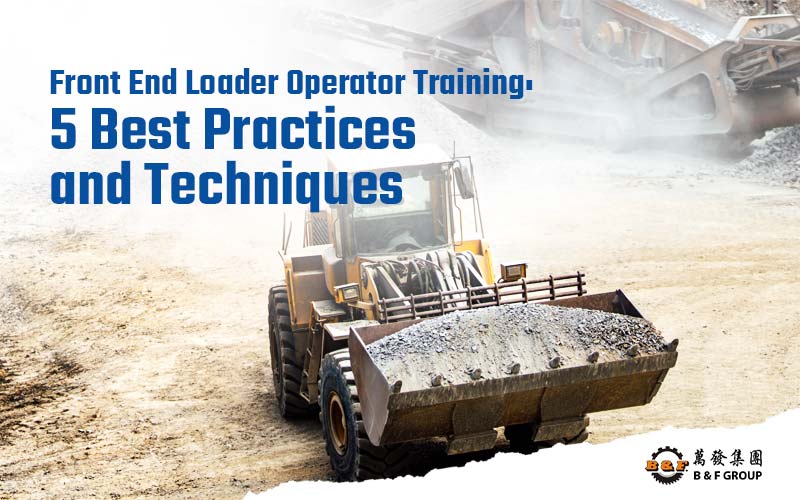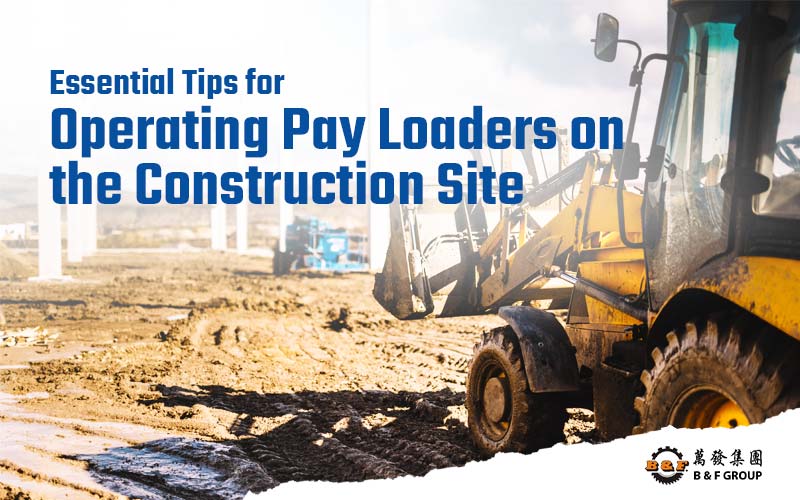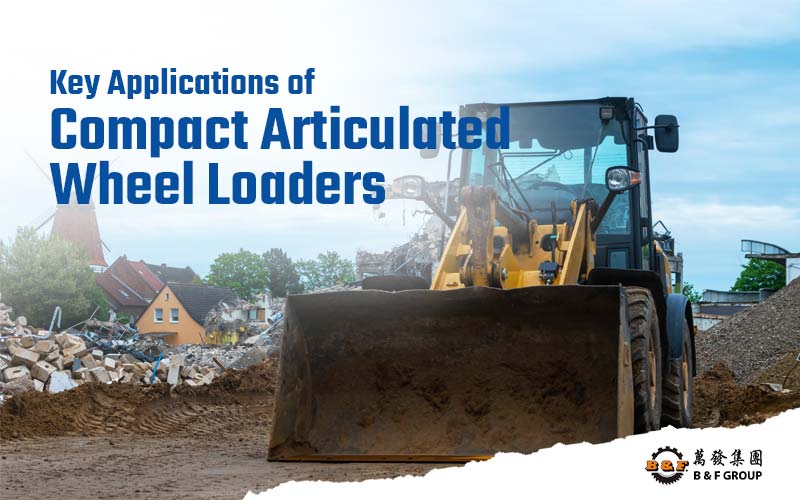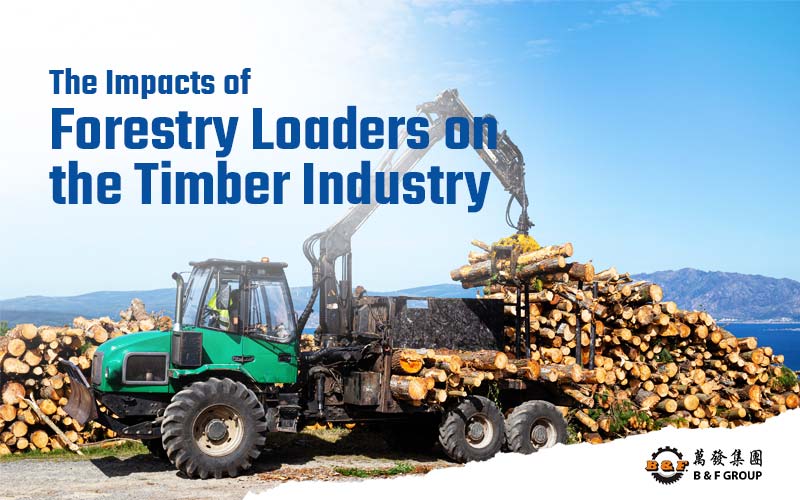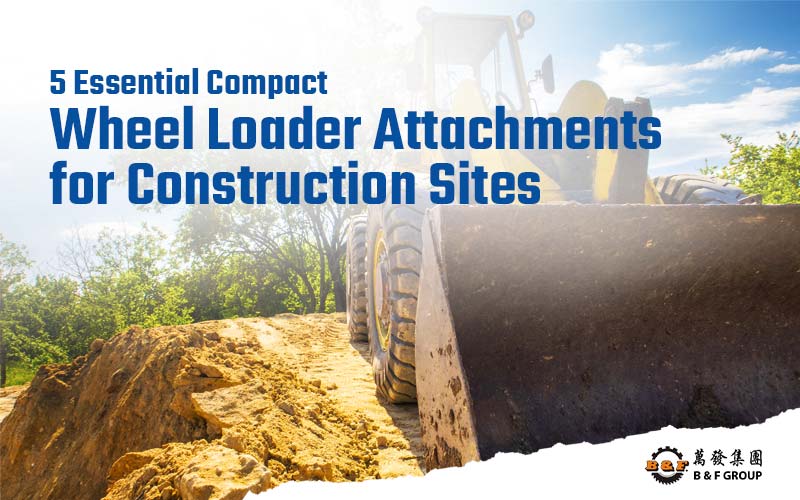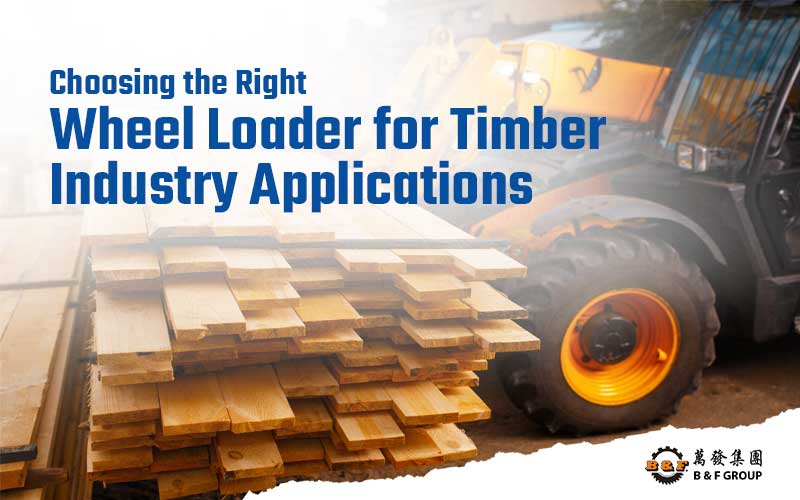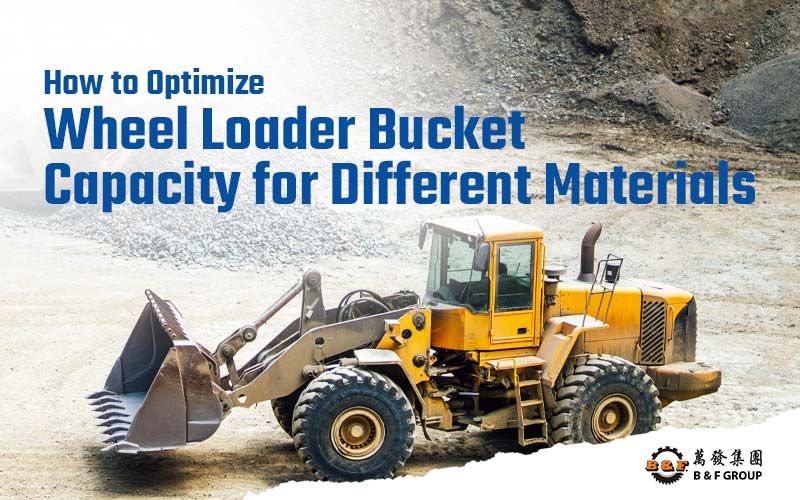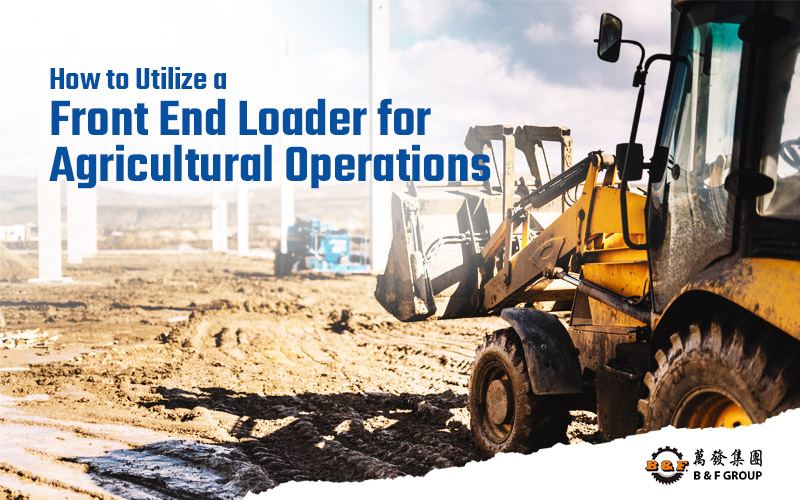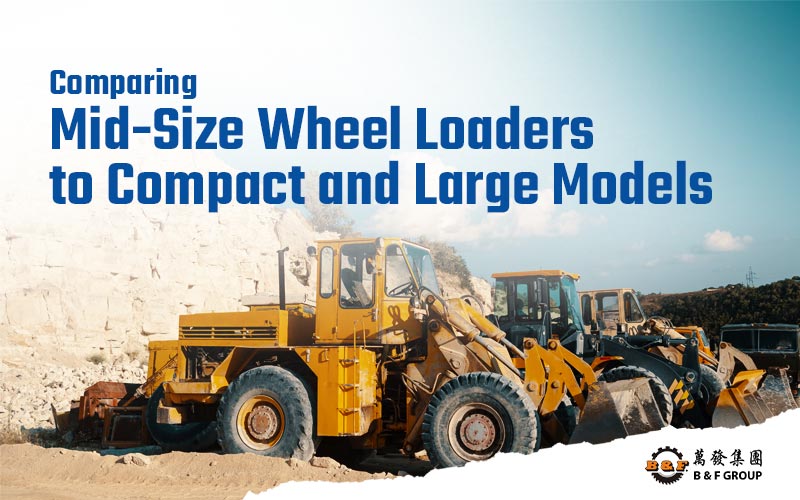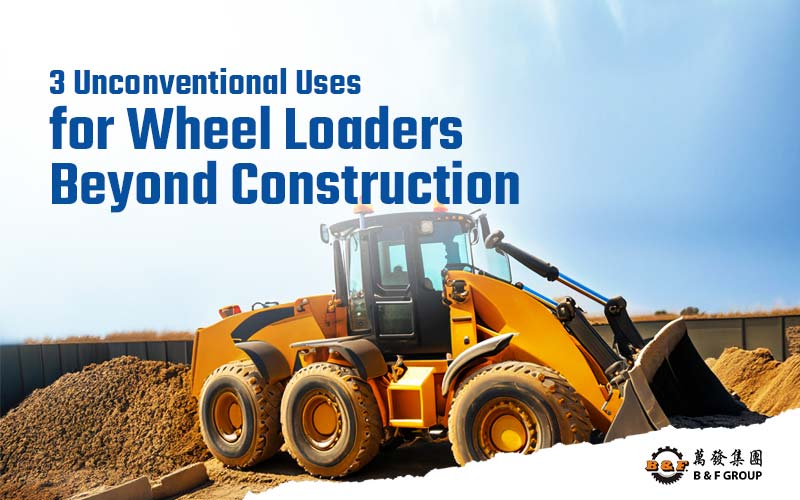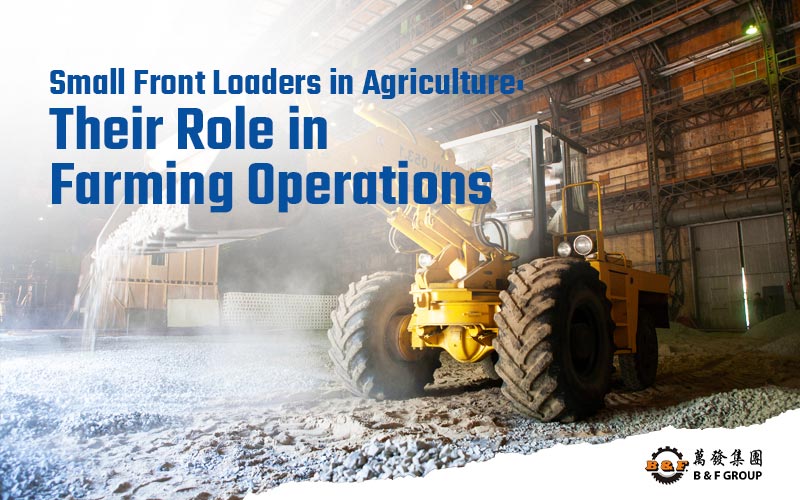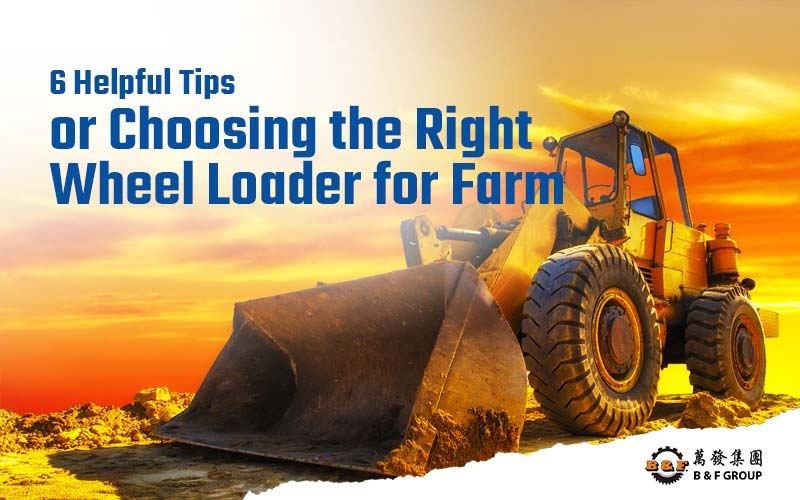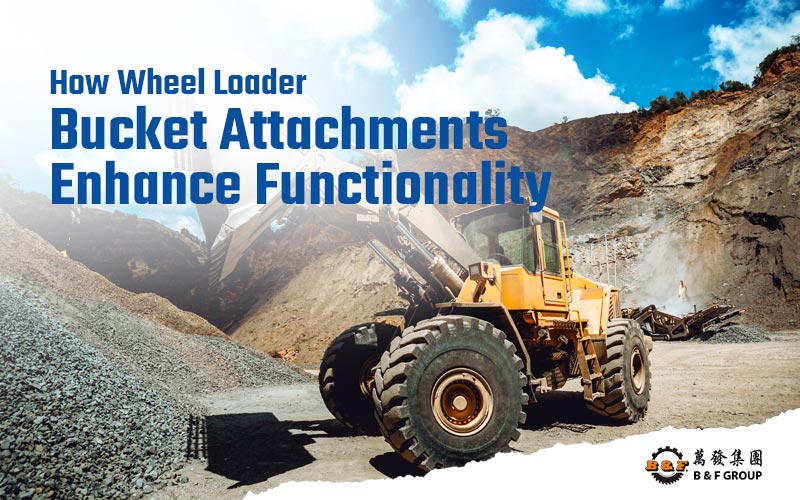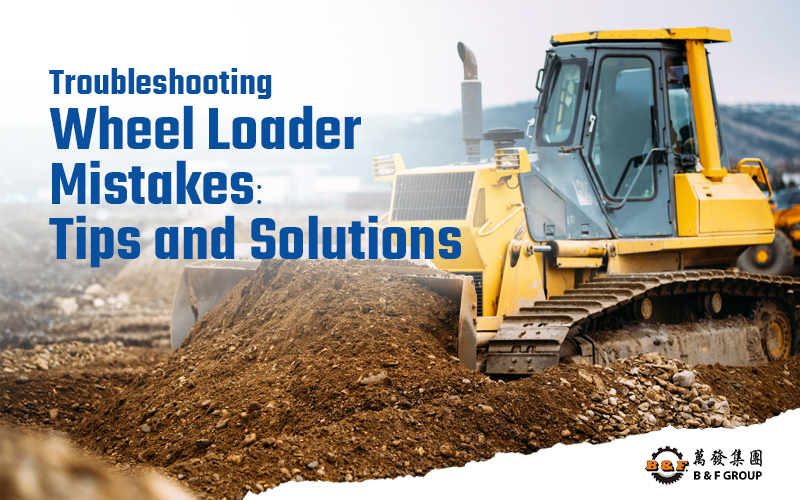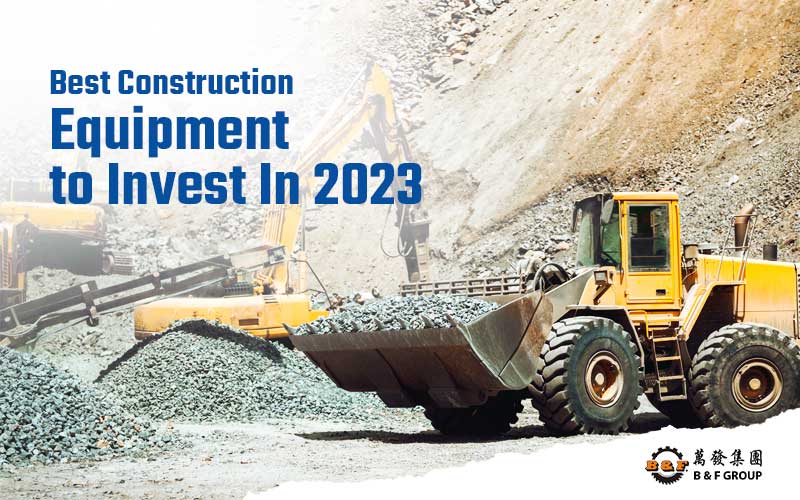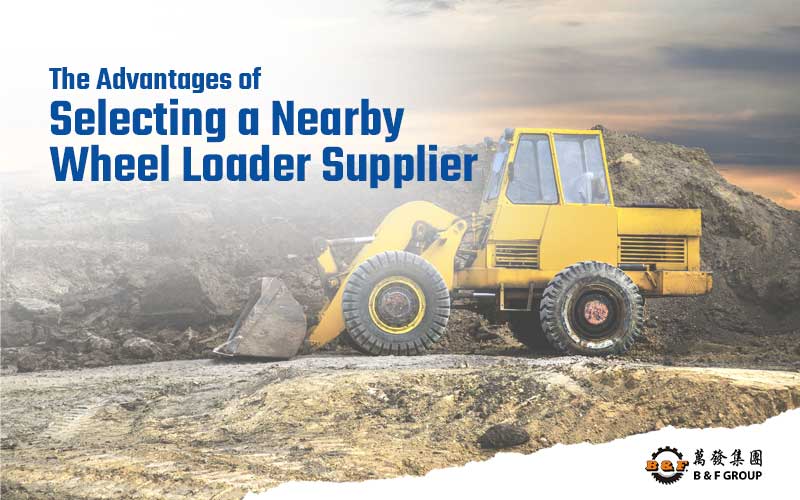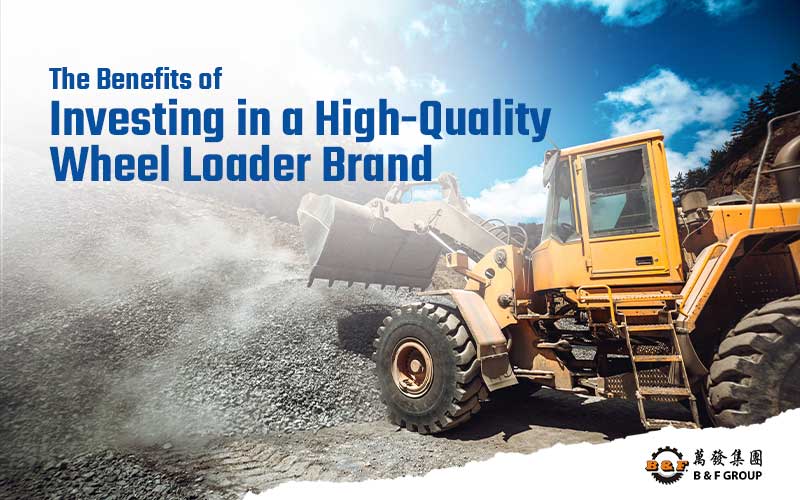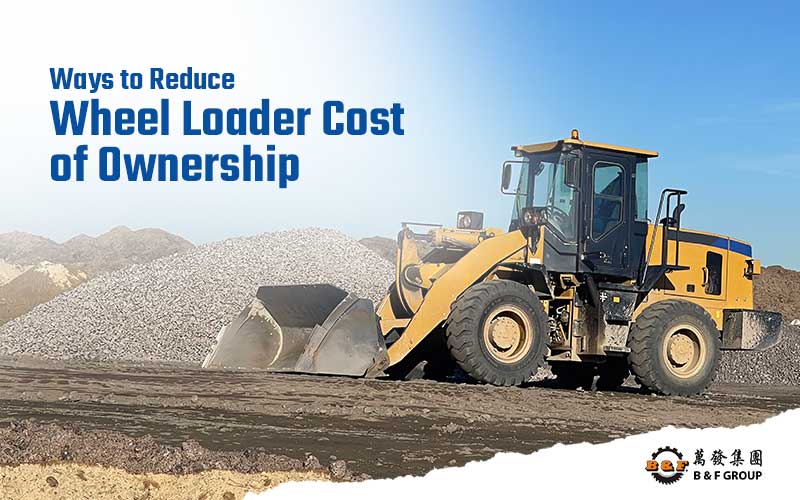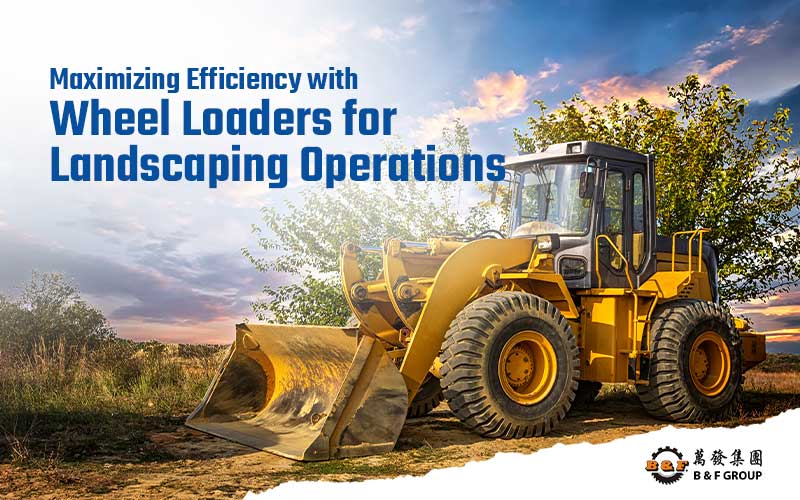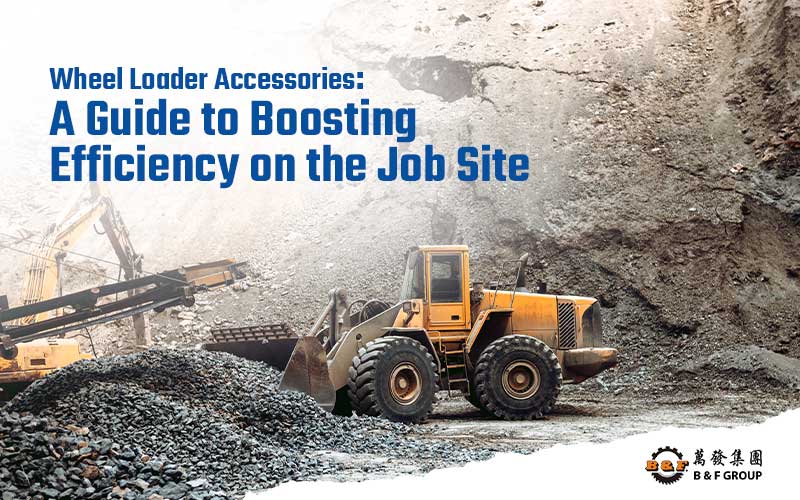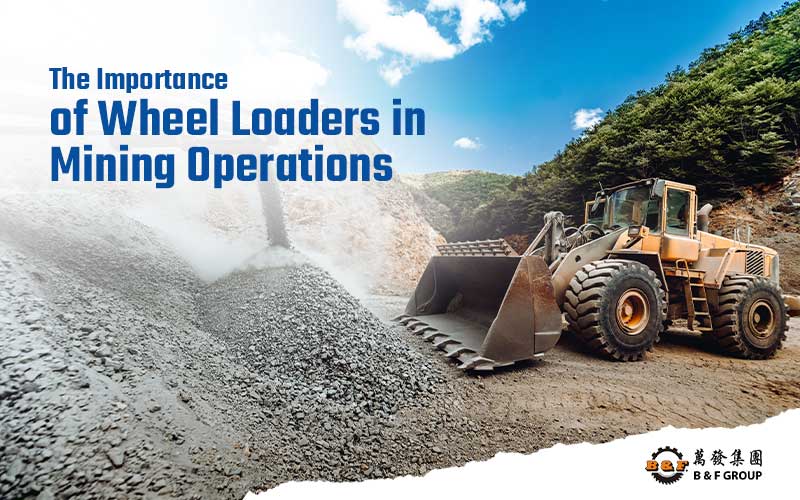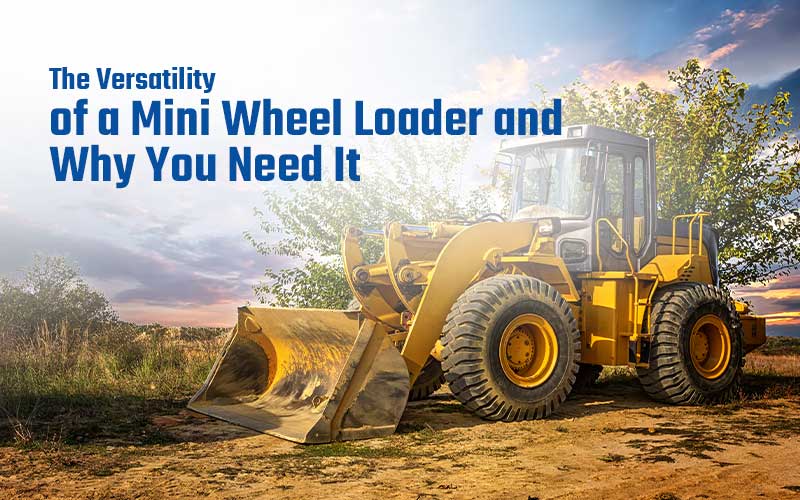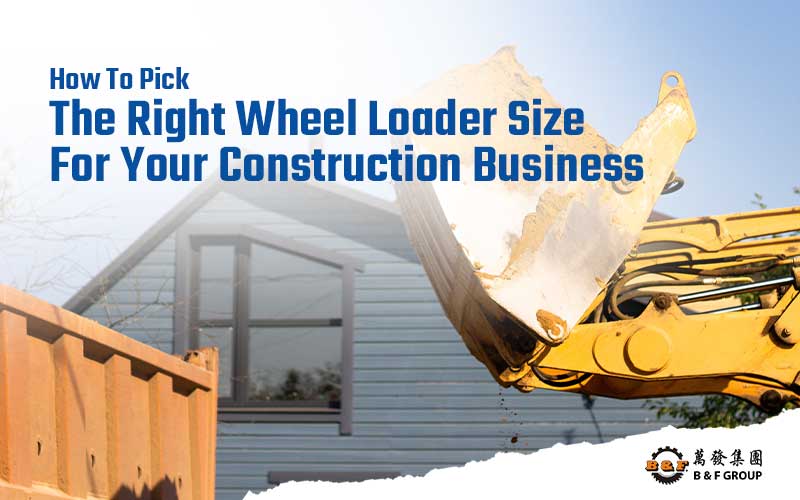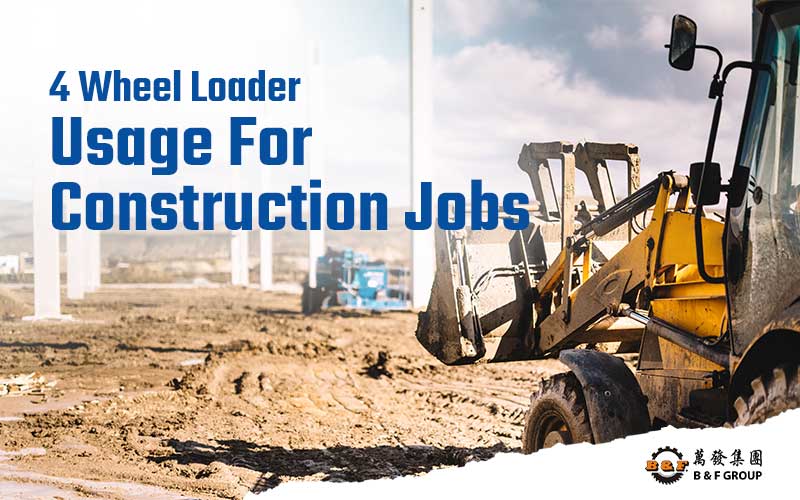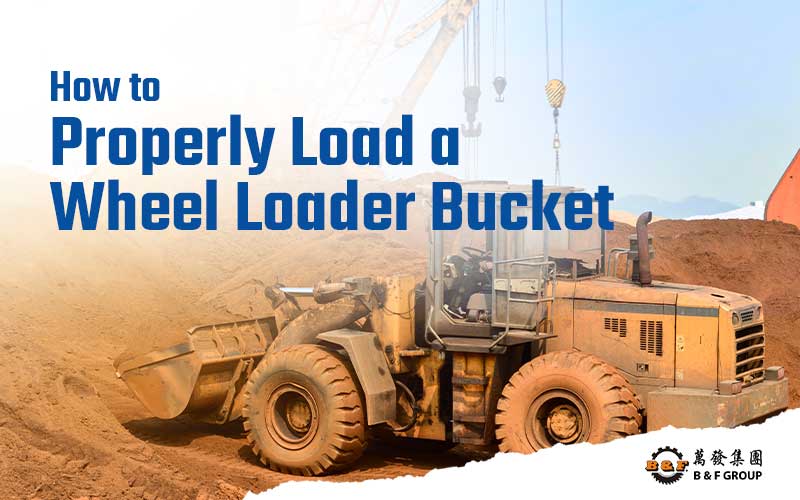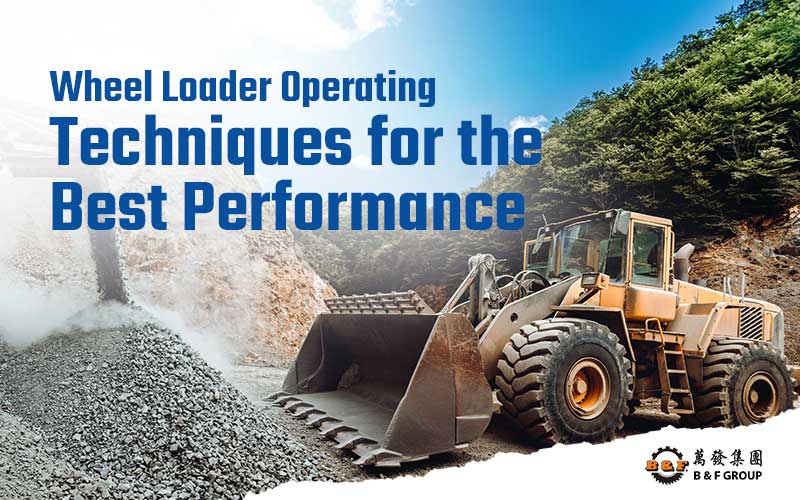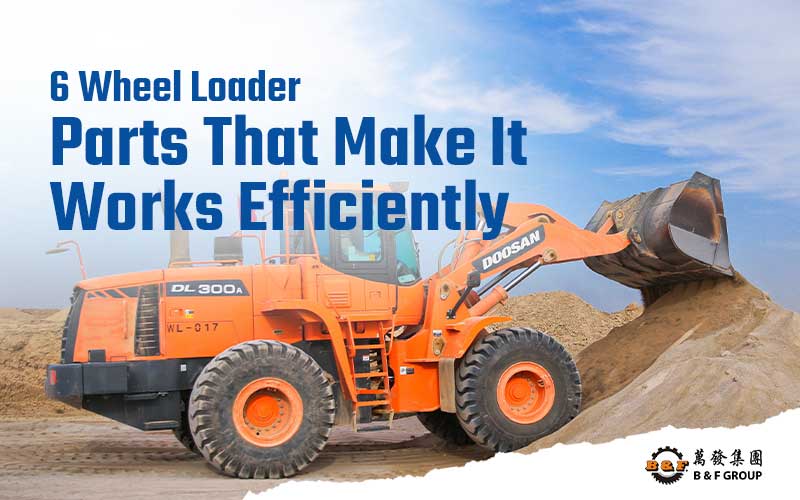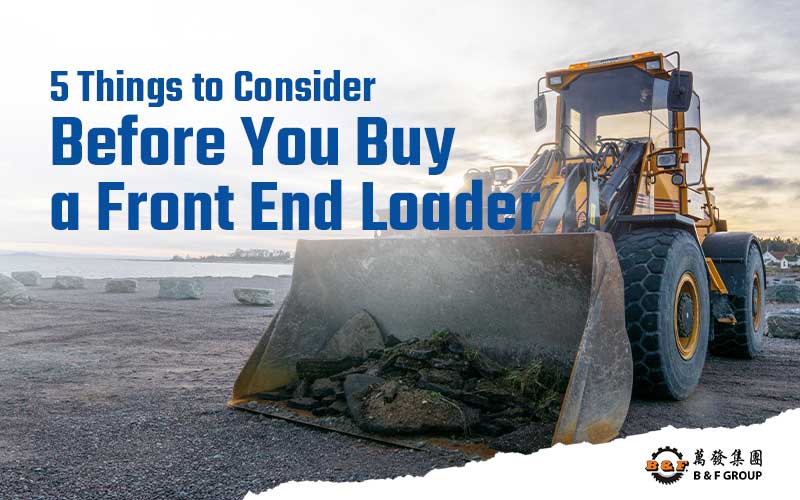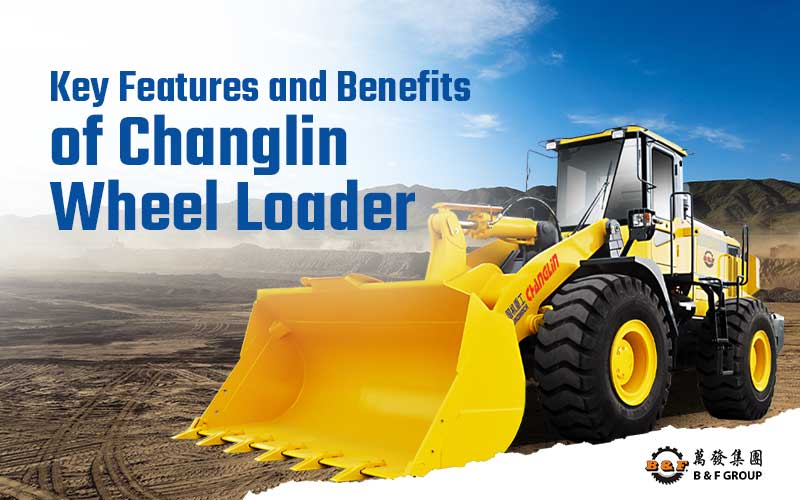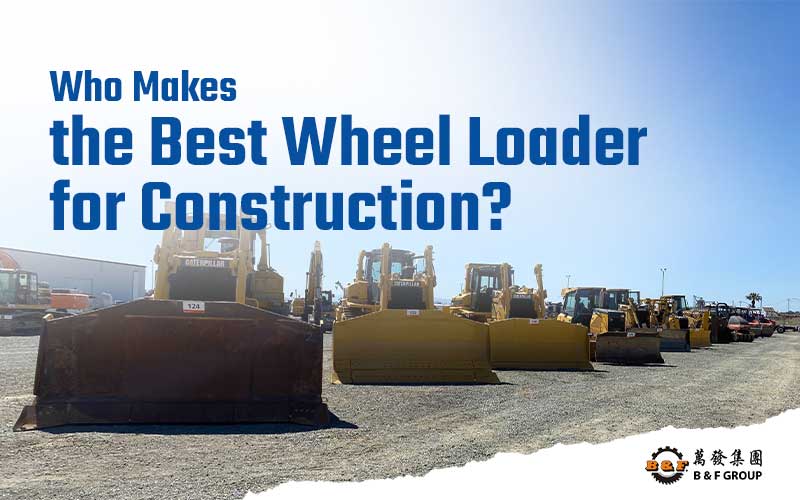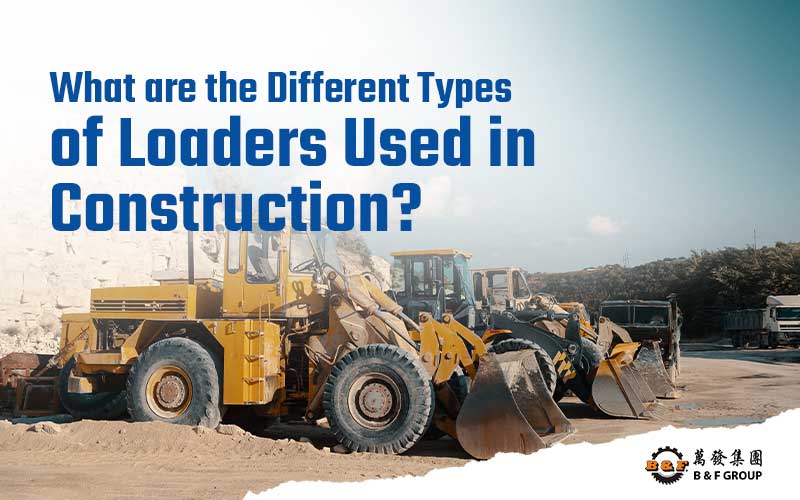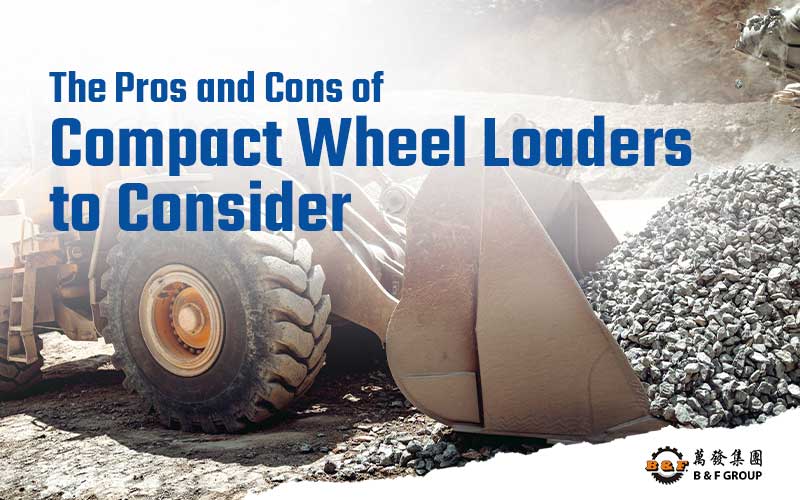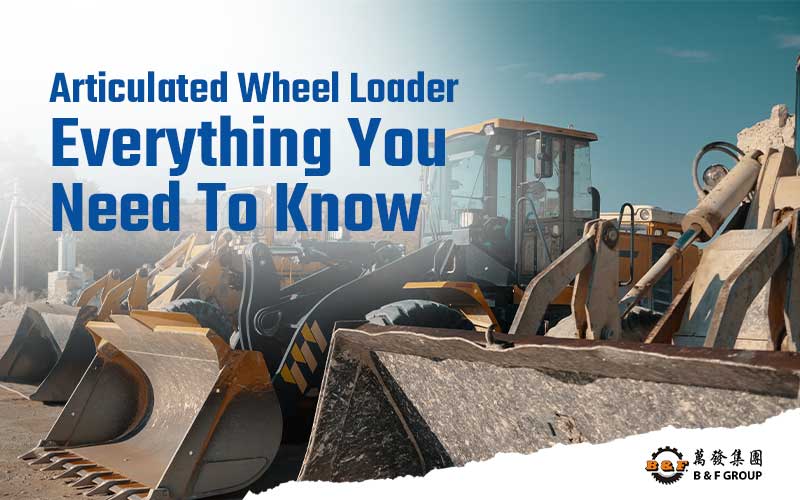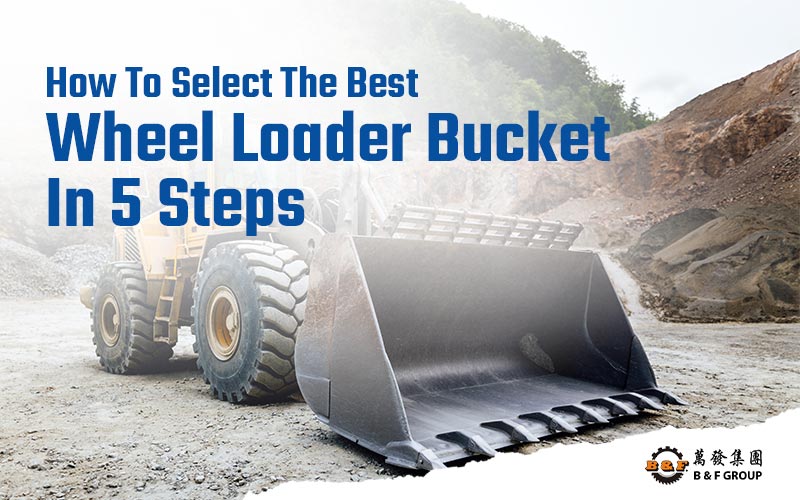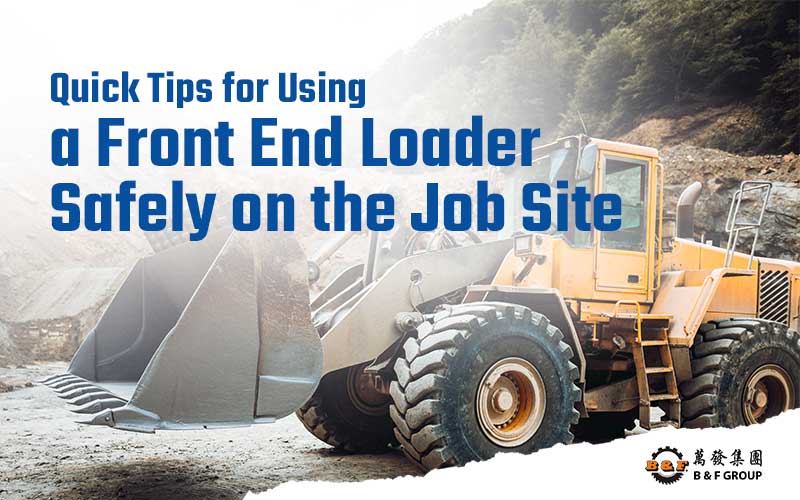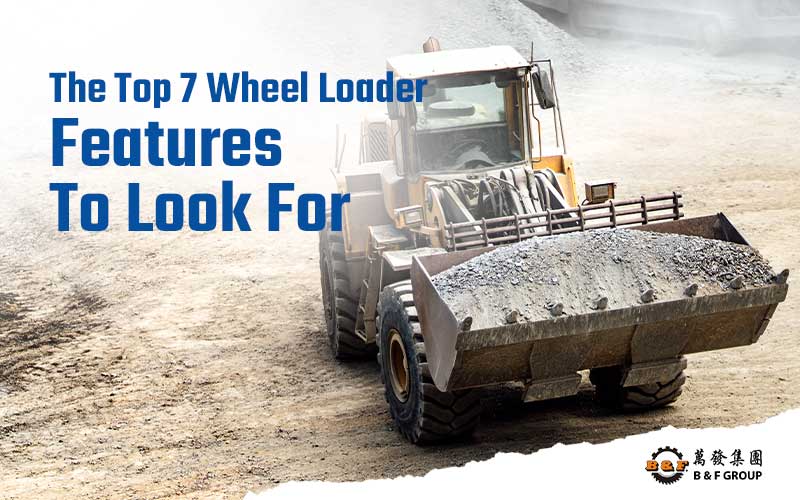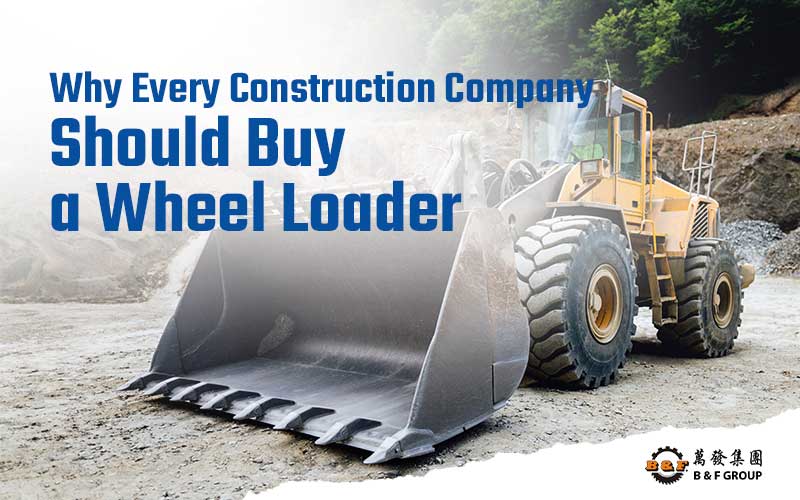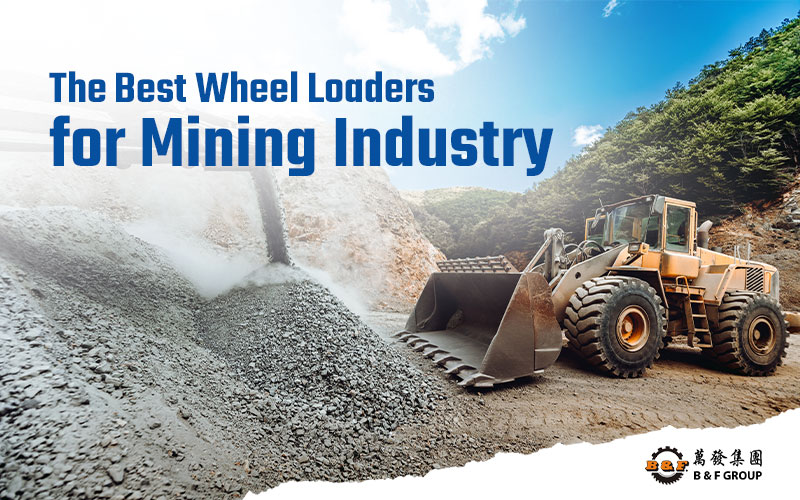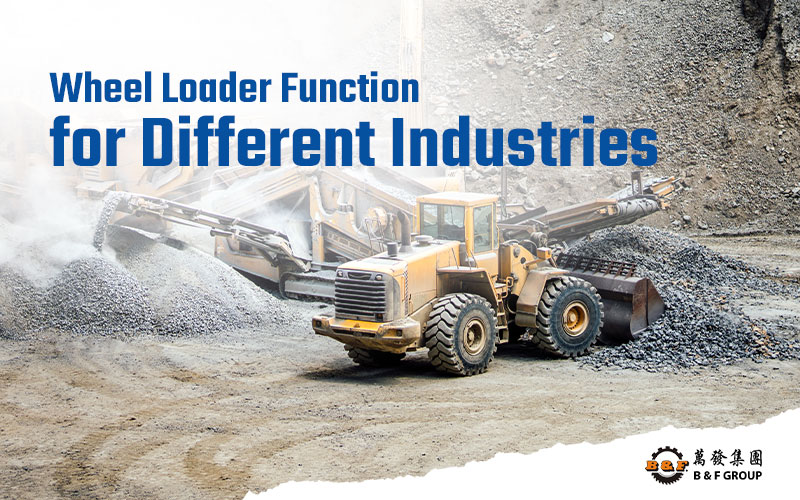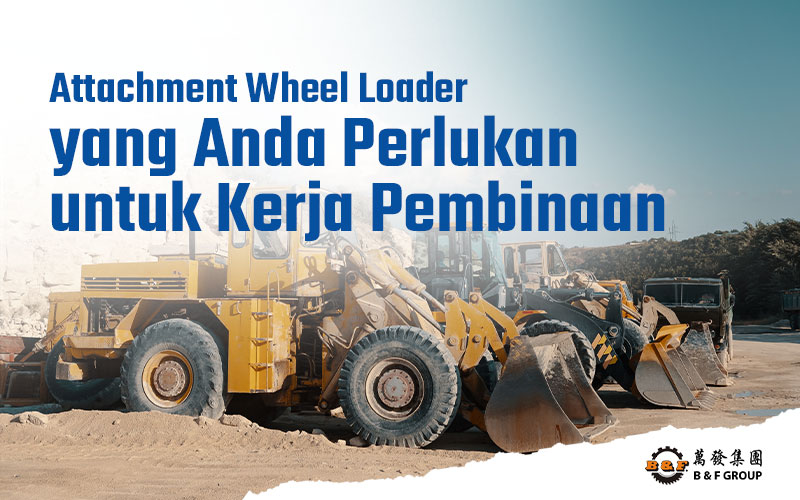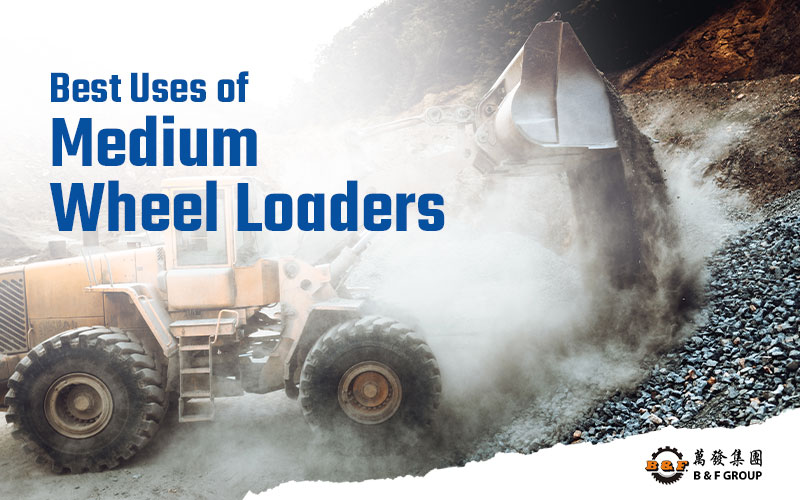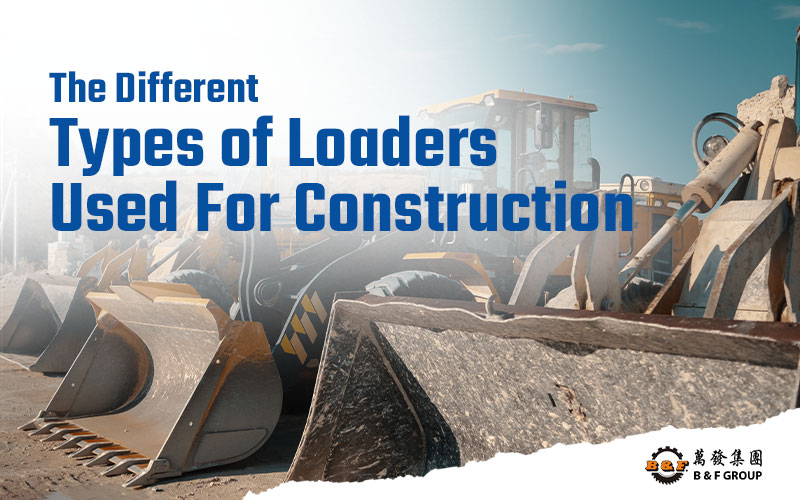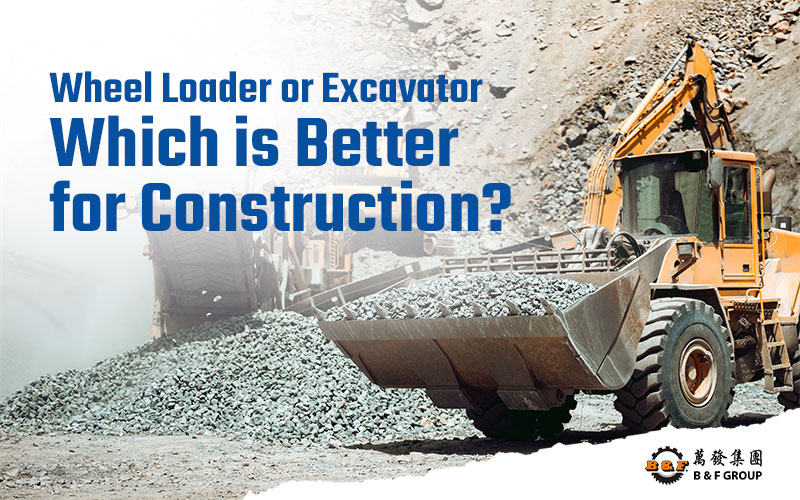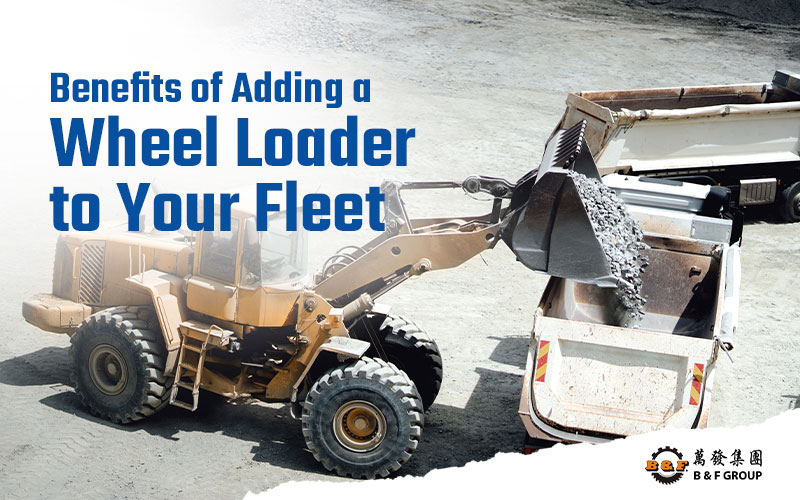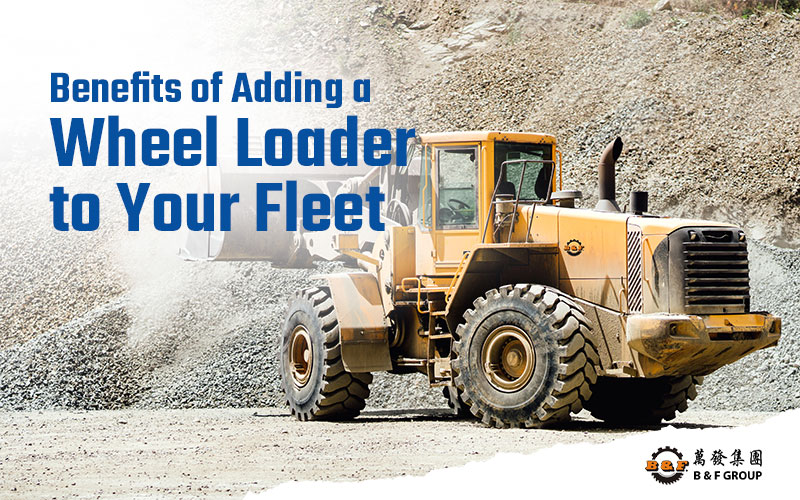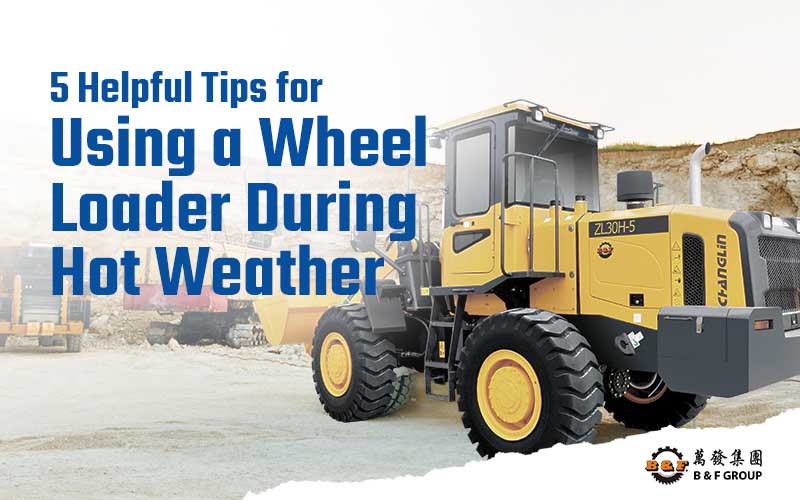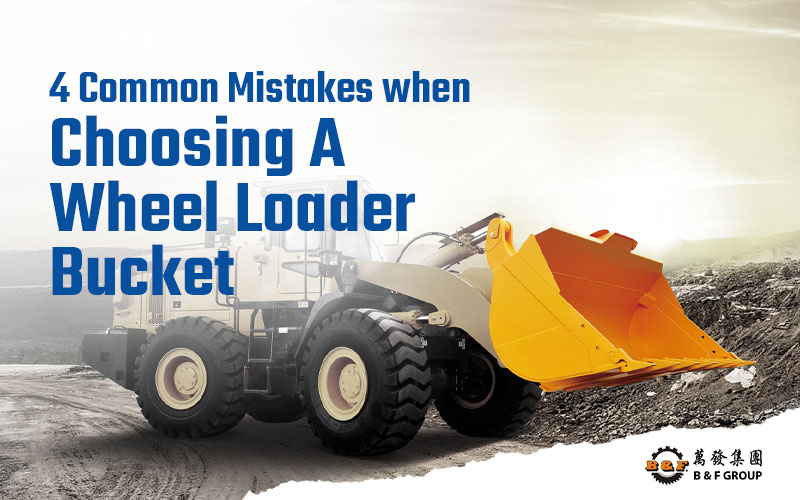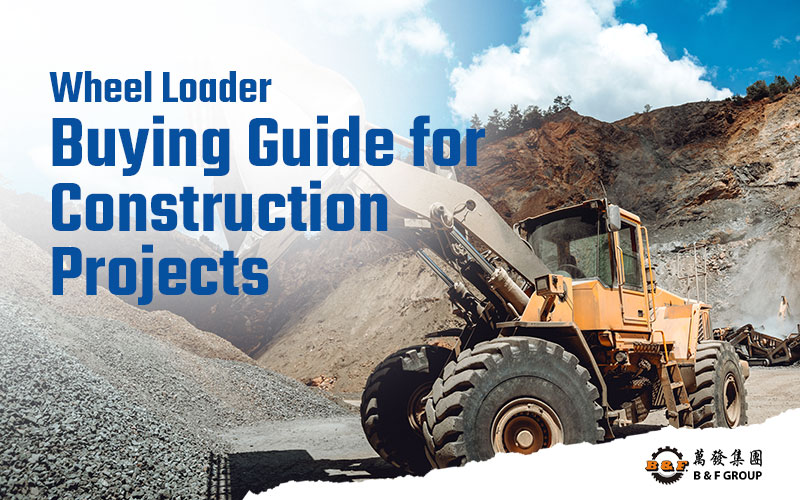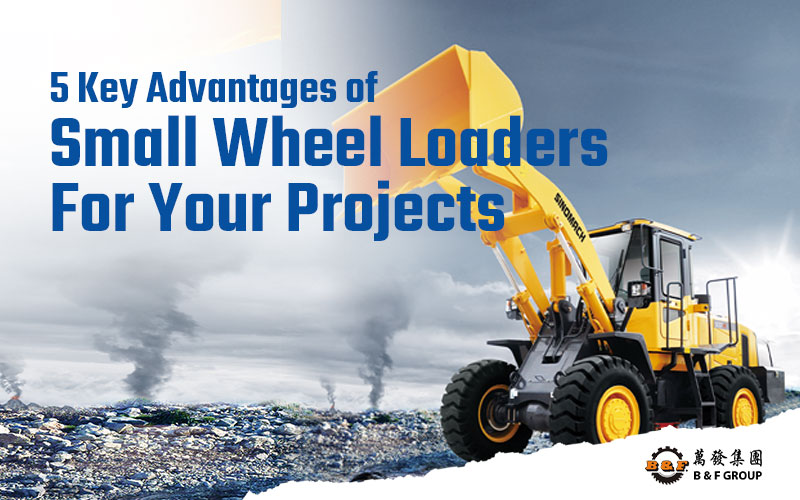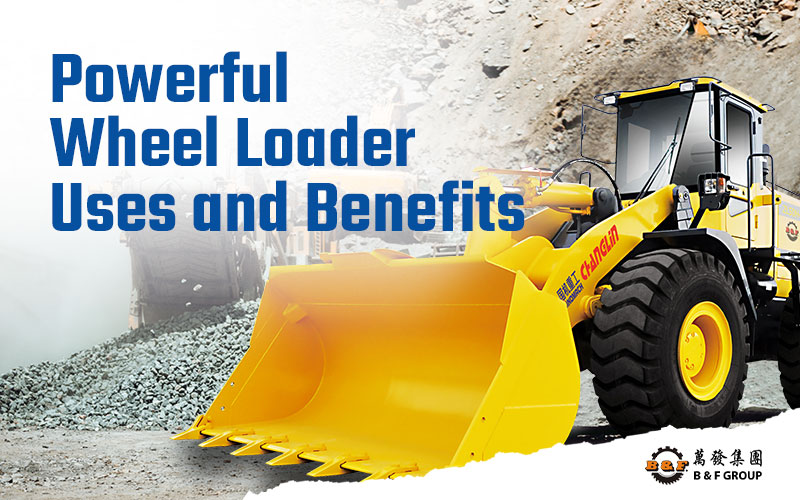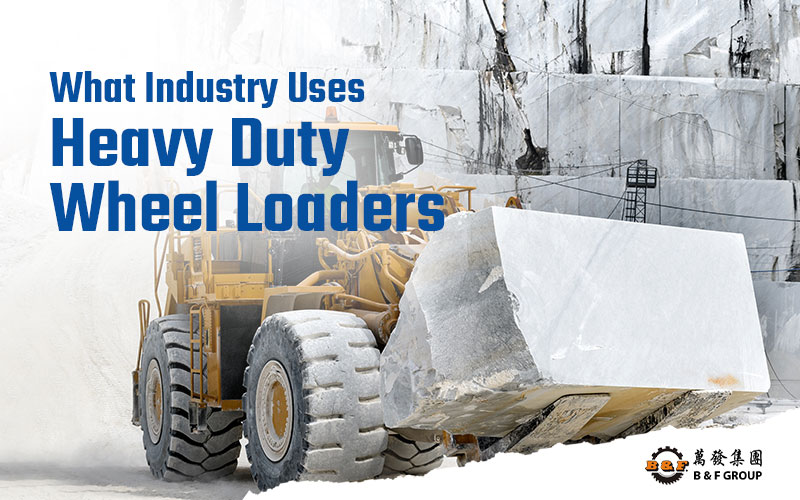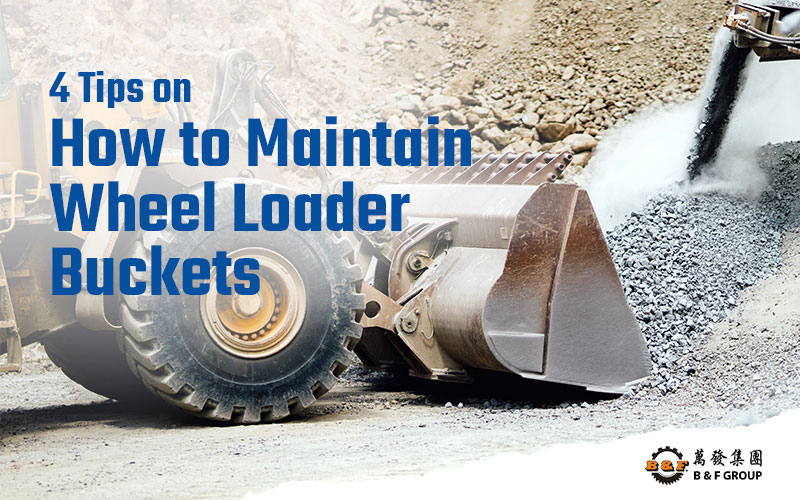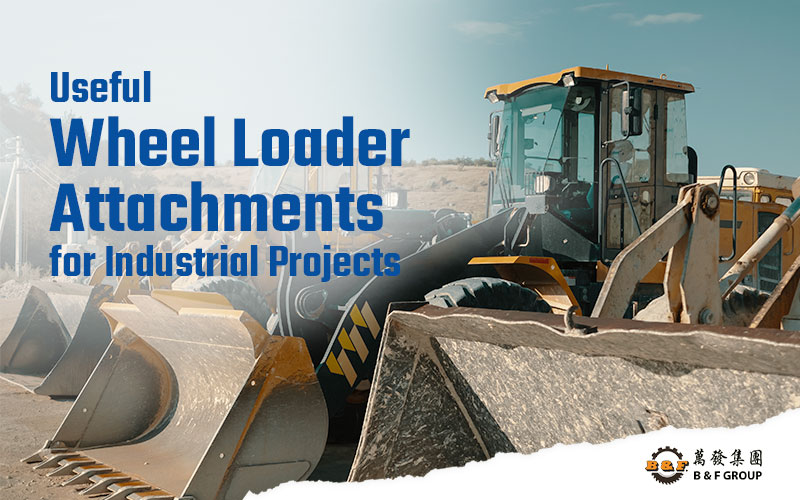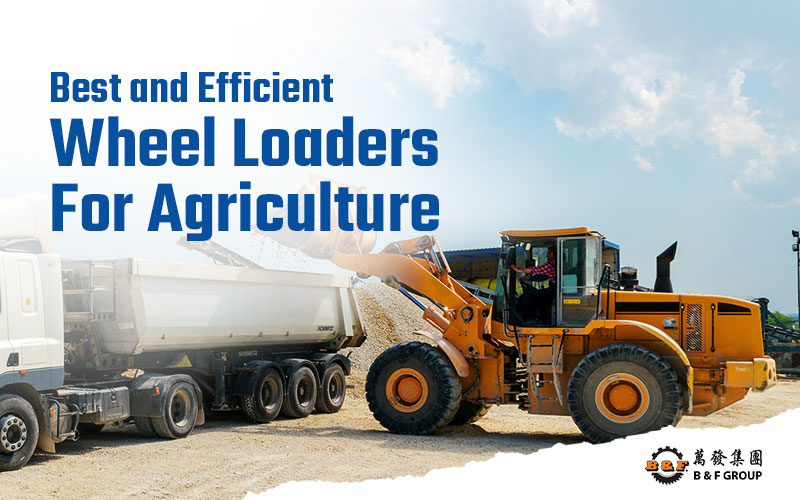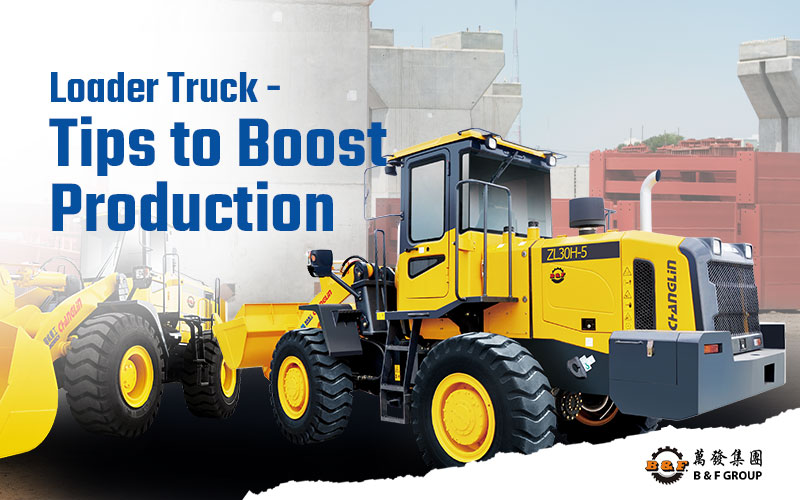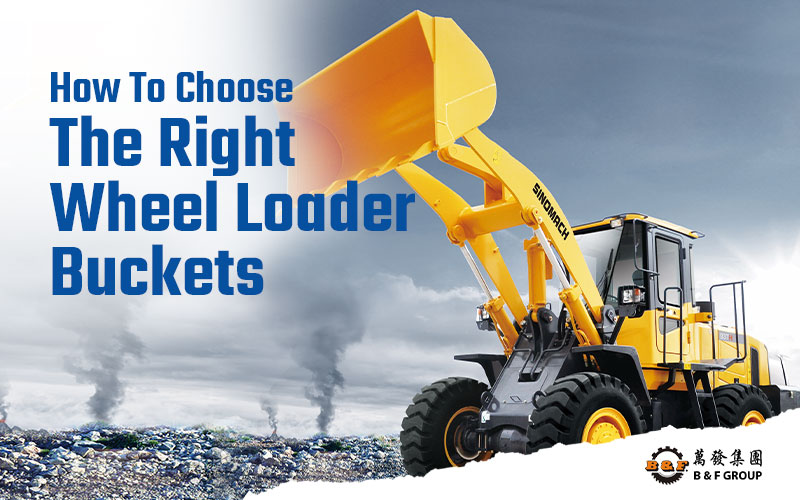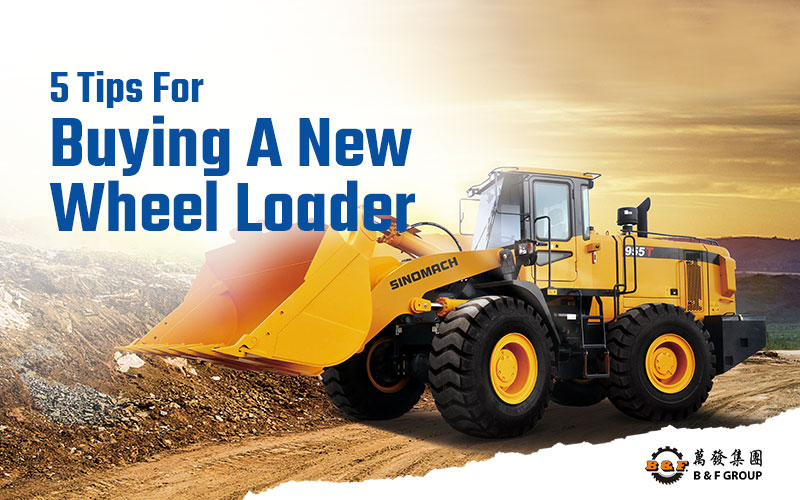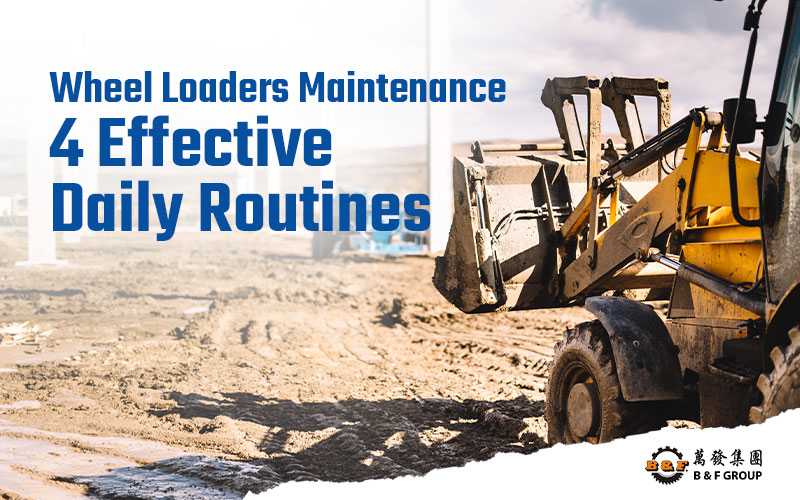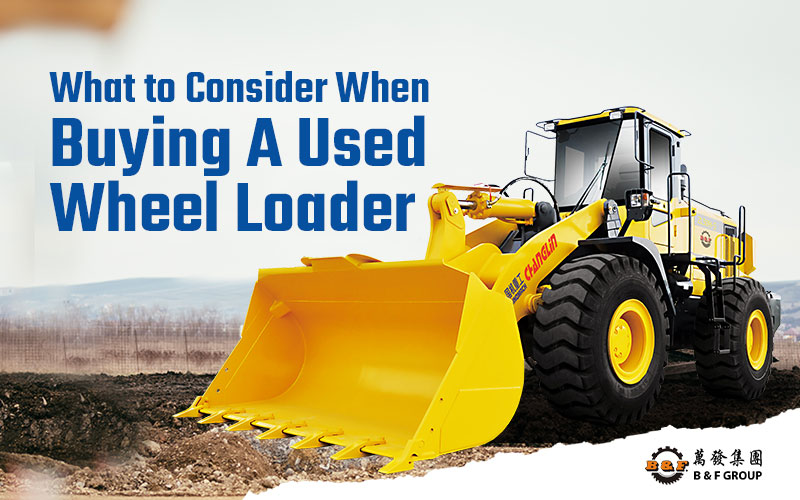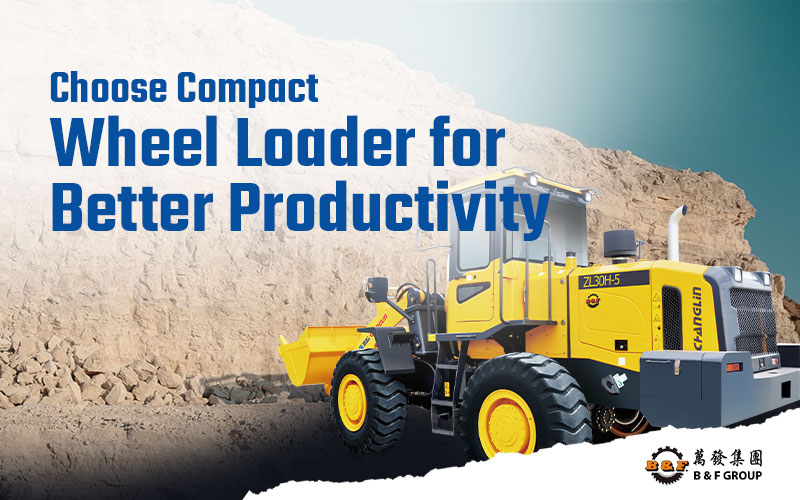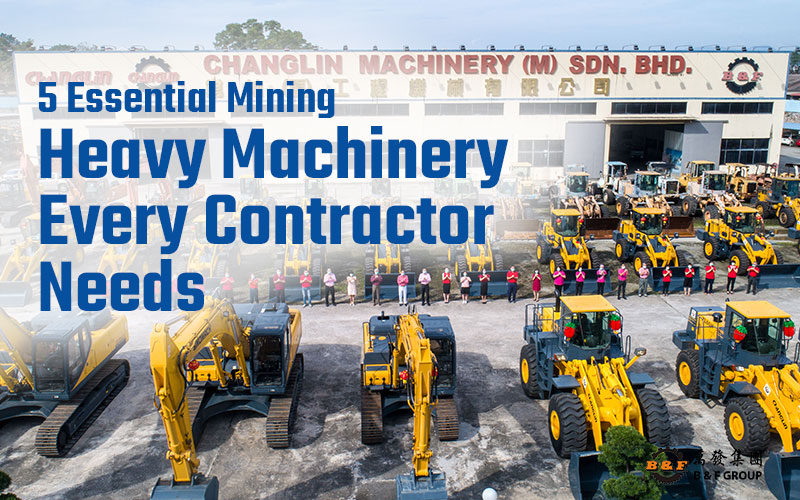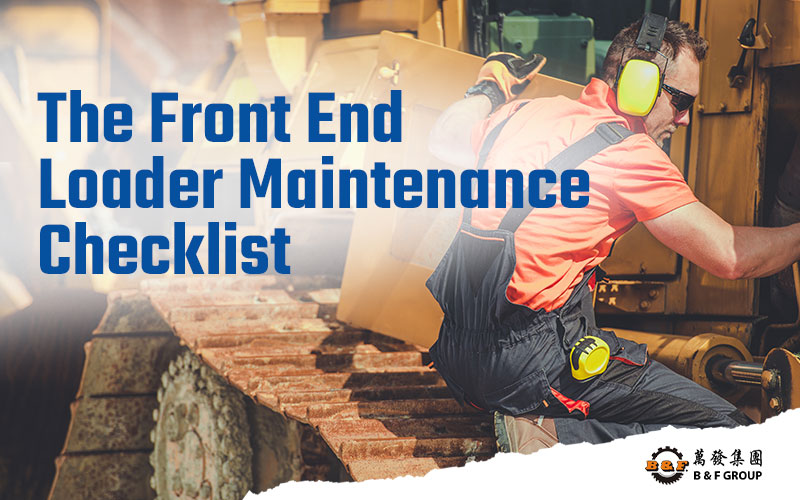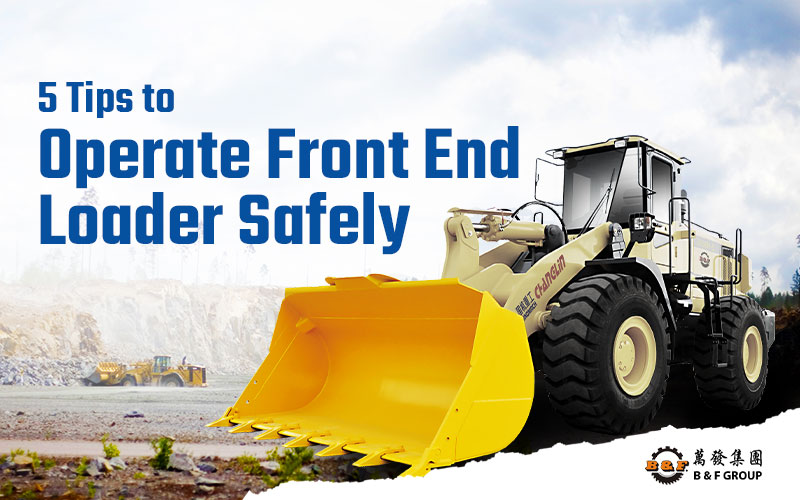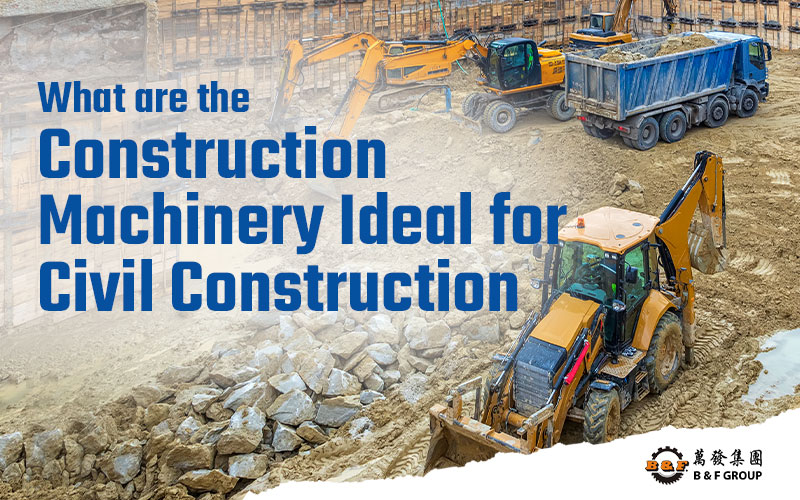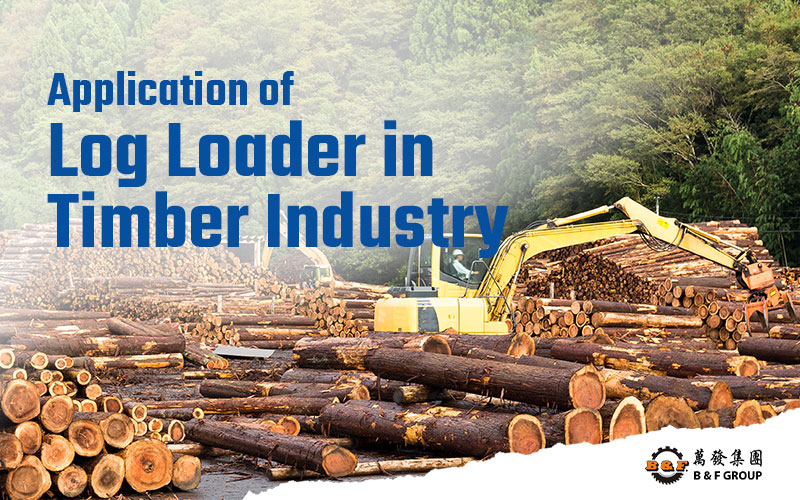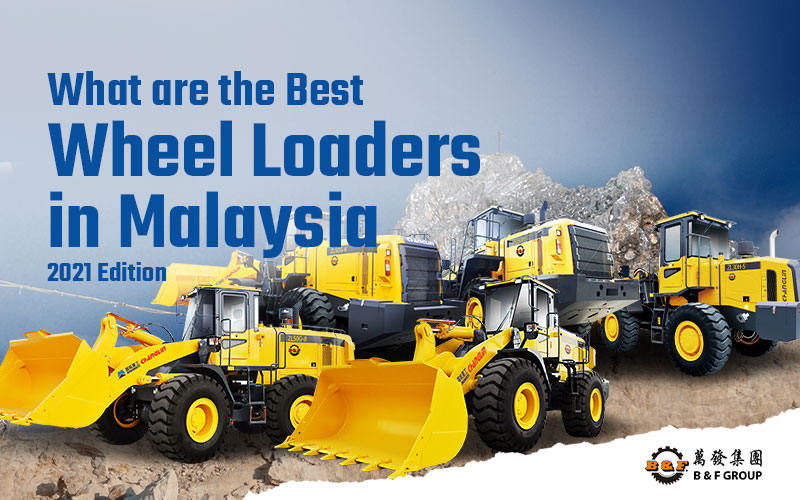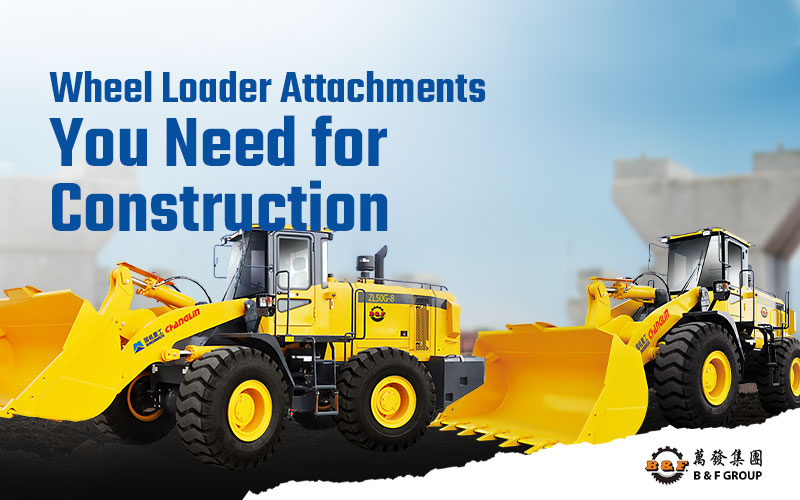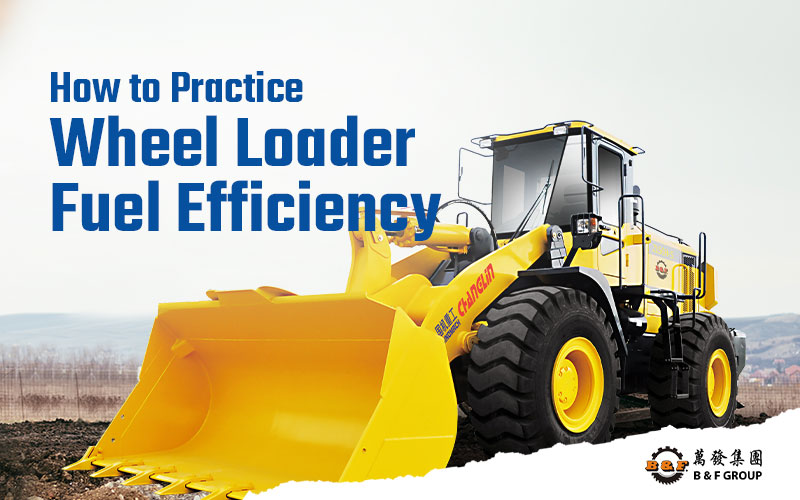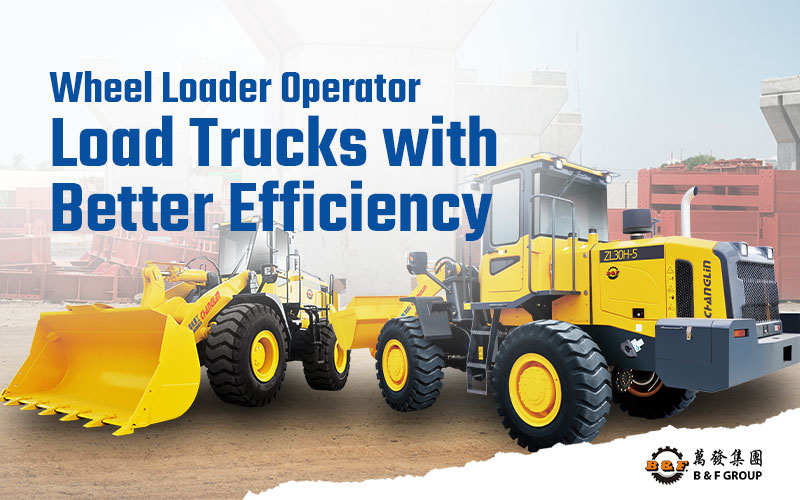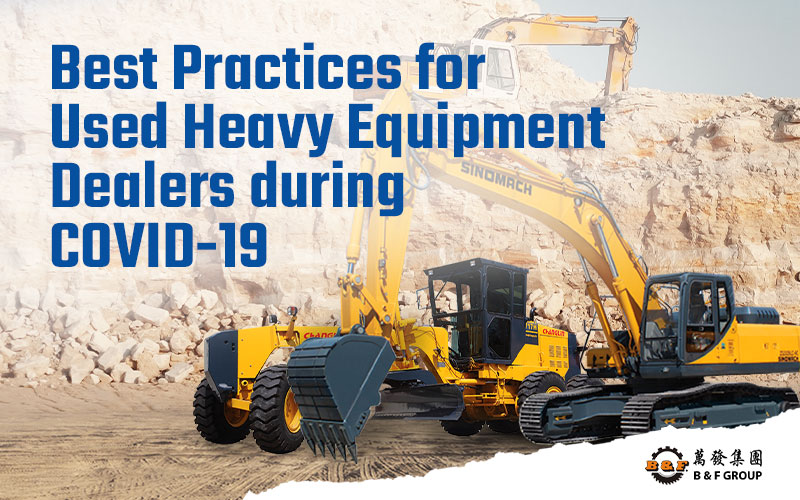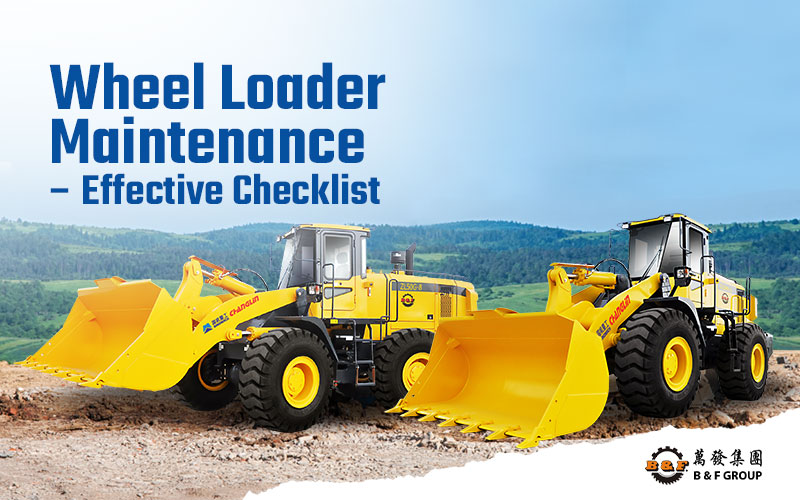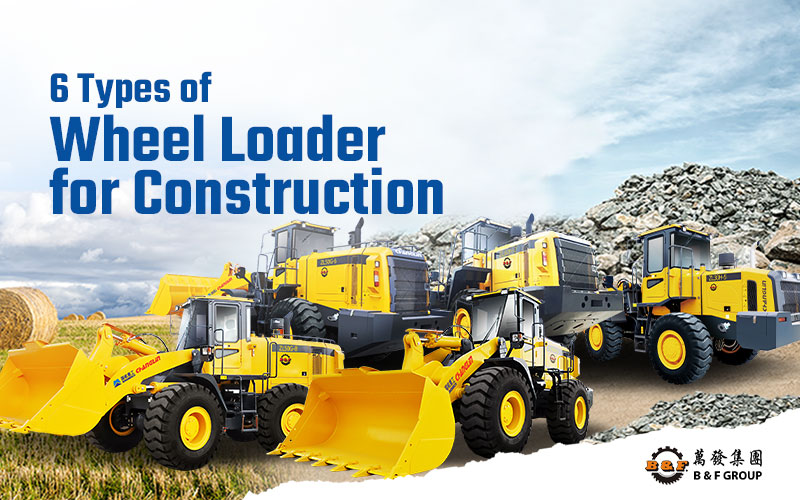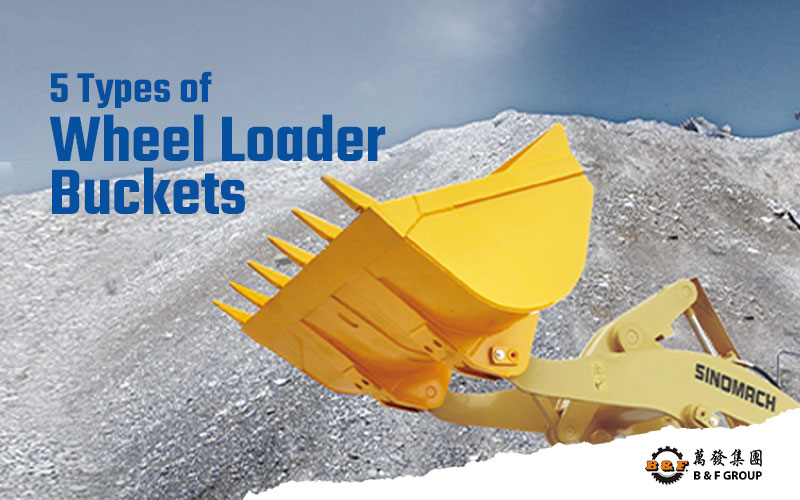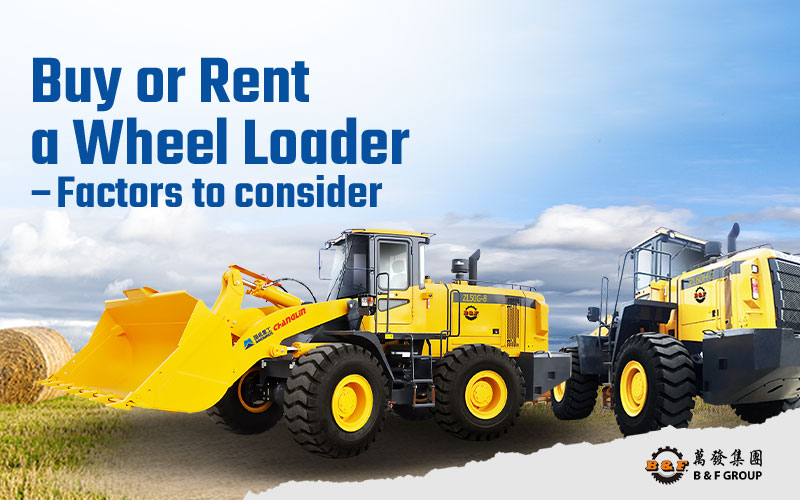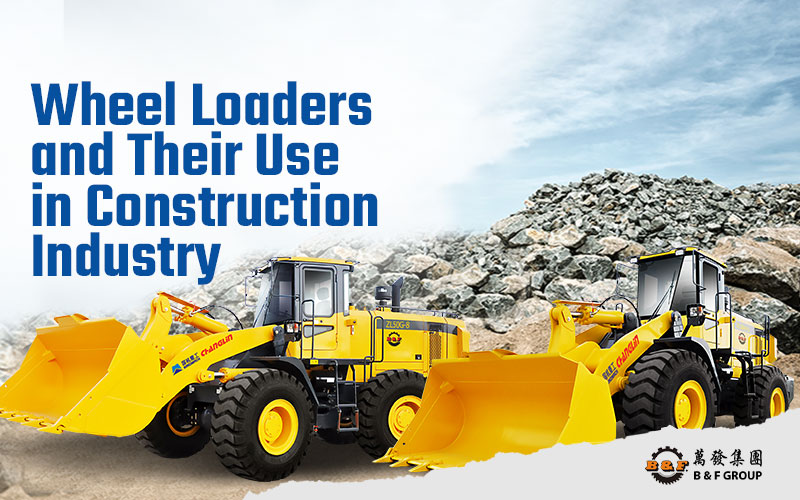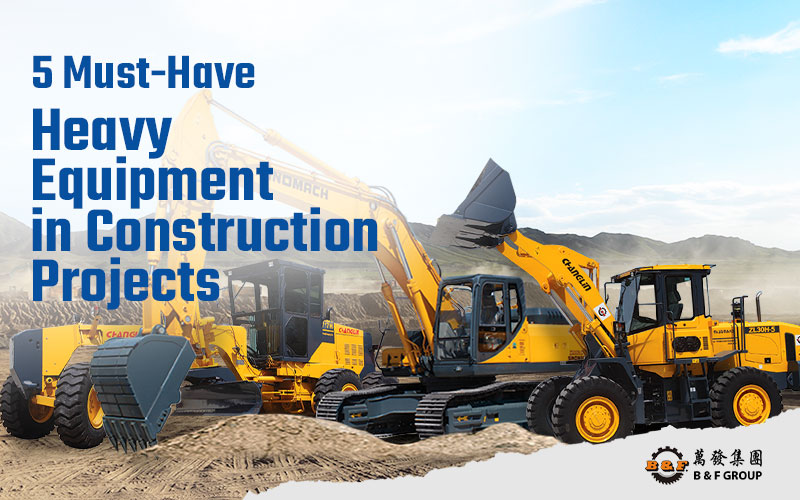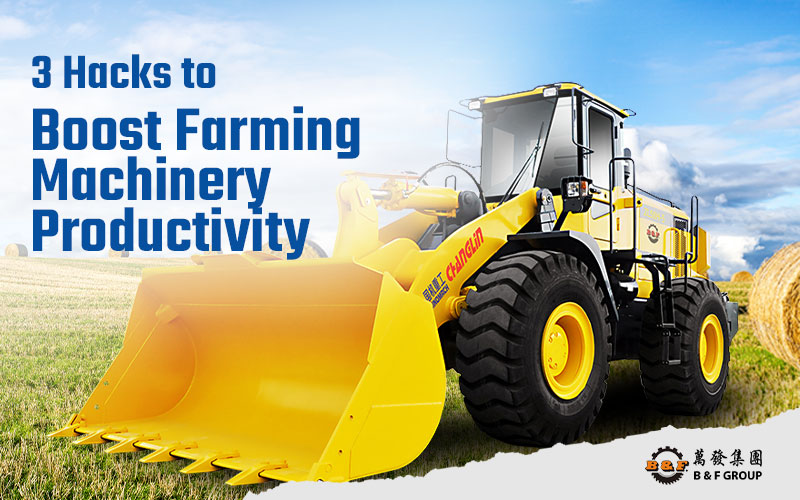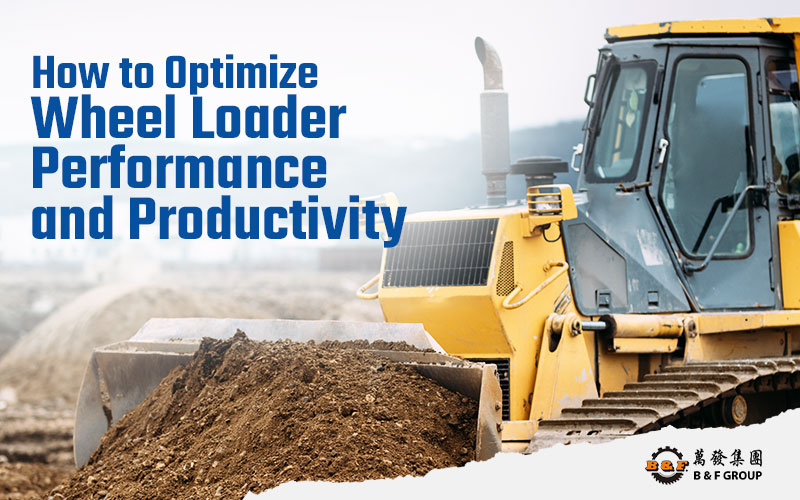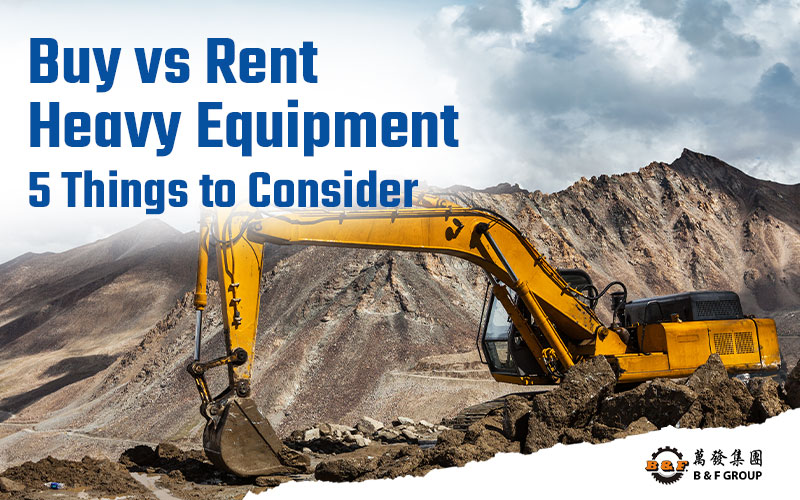
Wheel loader performance strongly depends on how you select, maintain, and control the wheel loader for your projects.
Different tasks need different types of loaders to operate efficiently. But, this isn’t the ideal choice for project managers, right?
That’s why we at B&F Trading Sdn Bhd want to minimize your expenses wherever we can. Also, more construction heavy machinery means more maintenance costs.
Here are the tips to maximize wheel loader performance in the construction industry.
What is a construction loader?
Generally, a construction wheel loader is a type of heavy equipment machine commonly to load heavy materials such as rock, raw minerals, demolition waste, and wood.
This earthmoving equipment is essential for any heavy industry because of its productivity rate and lower maintenance costs compared to other construction equipment.
Thus, front loader construction machines such as the WZ30-25 backhoe loader, ZL50 wheel loader, and XCMG wheel loader are the most ideal.
But how much can a wheel loader lift? Typically, a construction loader can lift two or three cubic yards whereas, mid-sized and larger loaders can lift 20 cubic yards or more!
More on Construction Wheel Loaders
Wheel Loader Bucket Guide
If you want to know the capacity of this heavy equipment, properly select the wheel loader bucket.
This involves considering the engine output, hydraulic flow capacity, and machine weight for your particular projects to achieve bucket payload optimization.
Also, with the right bucket and front edge type, you can significantly boost productivity while reducing operating costs.
On the other hand, the bucket material of a wheel loader also helps improve overall performance. Refer to the chart below.
Operator Tips to Maximize Wheel Loader Performance
Increasing the work efficiency of construction loaders shouldn’t be complicated or costly. Instead, focus on little details when operating them.
Follow these tips when operating a construction loader for better productivity AND to minimize fuel consumption.
- Position the truck at a 45° angle to the front of the material to ensure minimum movement of the wheel loader.
- Straight-on approach to the front of the material to hit both sides of the bucket for a full bucket.
- Approach the material in first gear at a steady speed which can also prevent wheel spinning.
- Minimize contact between the ground and the edge of the bucket to reduce bucket wear and friction.
- Keep the wheel loader bucket parallel to the ground and slightly raise the bucket before curling it to lessen bucket-material contact.
- Practice good housekeeping by cleaning the floors which can help reduce material spillage.
How to Maintain Your Wheel Loader
1. Proper Care of Wheel Loader
Before considering the key features of a wheel loader, you should know how to use the machinery first. This can later help you handle preventive maintenance faster.
Moreover, it helps you reduce the overall costs and downtime of the machinery in the long run. Not to mention your operators will feel more confident using well-maintained heavy machinery.
2. Properly Use the Features of Construction Loader
Now, you can consider the wheel loader’s key features. A comfortable space to work and easy-to-operate components in the machinery will go a long way.
These features include the ergonomic operator’s station, intuitive controls, suspension sets, and good visibility out of the cab’s window.
They may seem irrelevant to work efficiency but wheel loader operators know why we place importance on them.
Another way to increase loader productivity per hour is to increase working hours whenever possible provided the loaders can function efficiently.
Thus, with the convenient features and well-maintained loader, you are sure to achieve higher wheel loader productivity calculation.
3. Reduce Construction Loader Fuel Consumption
Before investing in a wheel loader in Malaysia, inspect the quality and productivity that meets your project requirements.
The more miles per hour, the quicker the cycle times will be. When construction projects incorporate a wheel loader with other machinery like an excavator during times of underground work, there will be a greater consumption of fuel since more than one machinery is at work.
Therefore, the best way to handle fuel management is by applying auto-idle shutdown, fuel management systems or economy modes, and engine idle management.
4. Know Your Wheel Loader Parts
Another feature that determines the work efficiency rate is the quality of operating ramps or inclines.
They contribute to better work productivity which brings to greater uptime. A higher speed transmission helps improve work productivity and reduce fuel costs for the inclines.
Wheel loader manufacturers use specific lubricants as catalysts. So, you need to understand how the systems of the inclines or ramps work.
Typically, these inclines or ramps consume time for regeneration purposes. Hence, the shorter the regeneration period, the lower the downtime for operations.
With that said, opt for a loader with a good cooling system and easy access for cleaning so components are well-maintained too.
Maximize Wheel Loader Efficiency the Right Way
The efficiency of a wheel loader can determine the productivity of construction workload.
All in all, make the most out of a wheel loader with the tips mentioned above so you’re protected from unnecessary costs.
That’s why our Changlin machinery such as the Changlin wheel loader is your top choice for better performance.
To find out more about our products, support, and services, inquire today to get your free consultation from our best heavy machinery advisors!
Suggested read: Wheel Loader Operator Tips: Load Trucks with Better Efficiency














